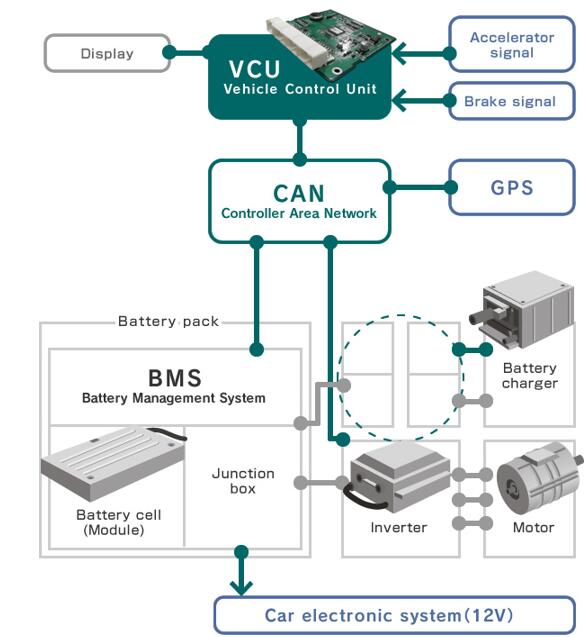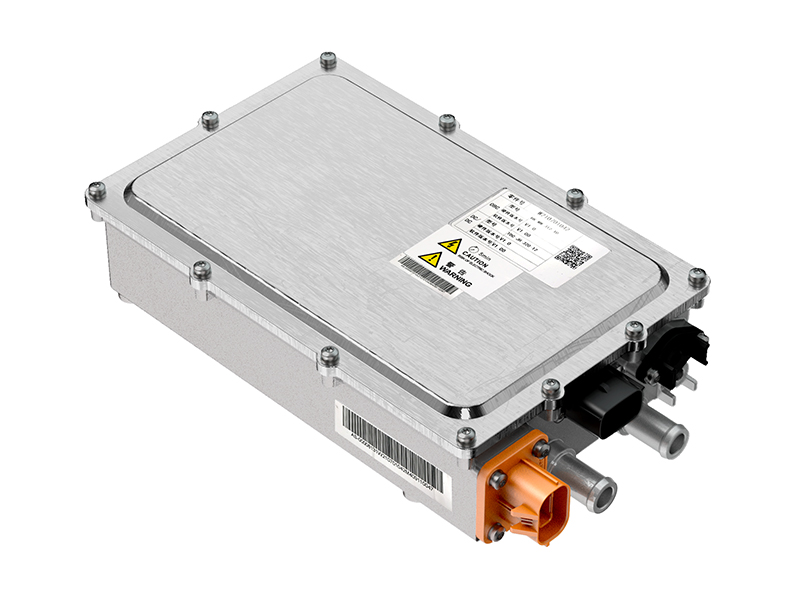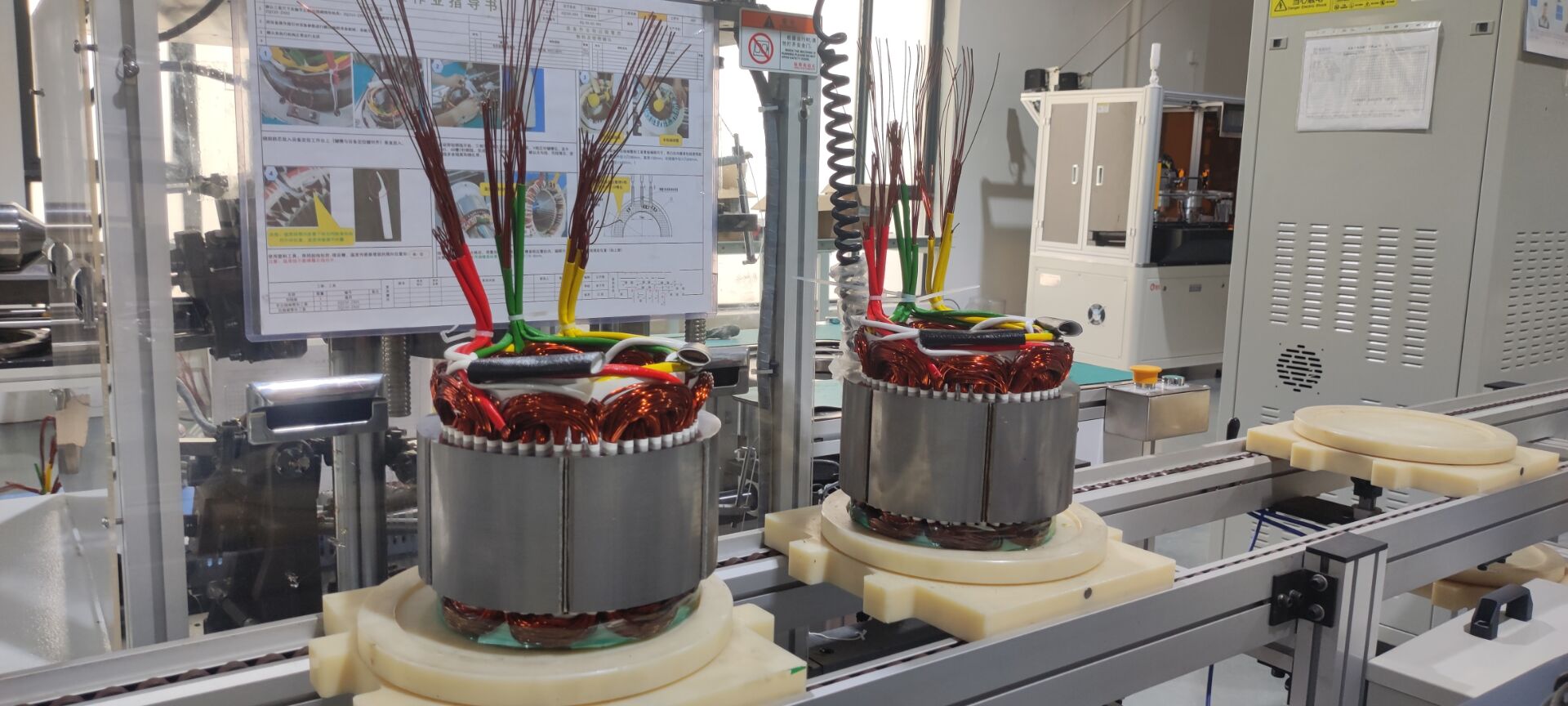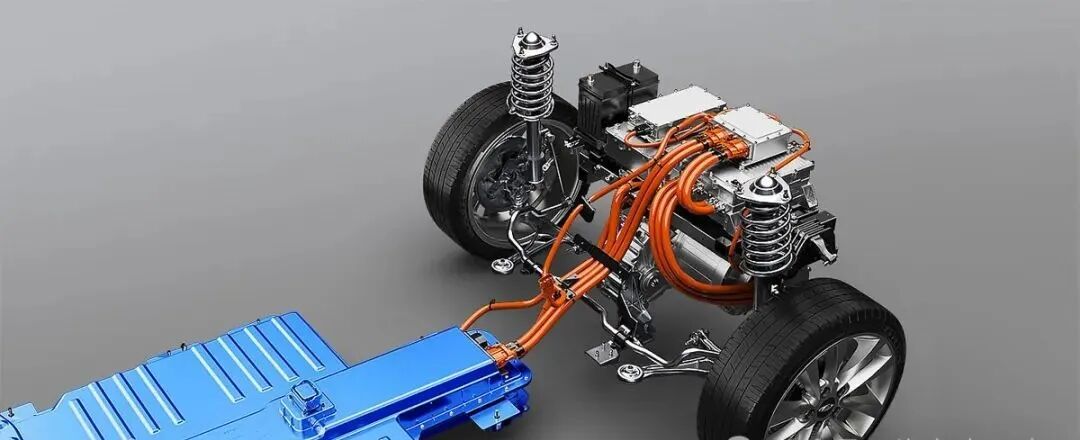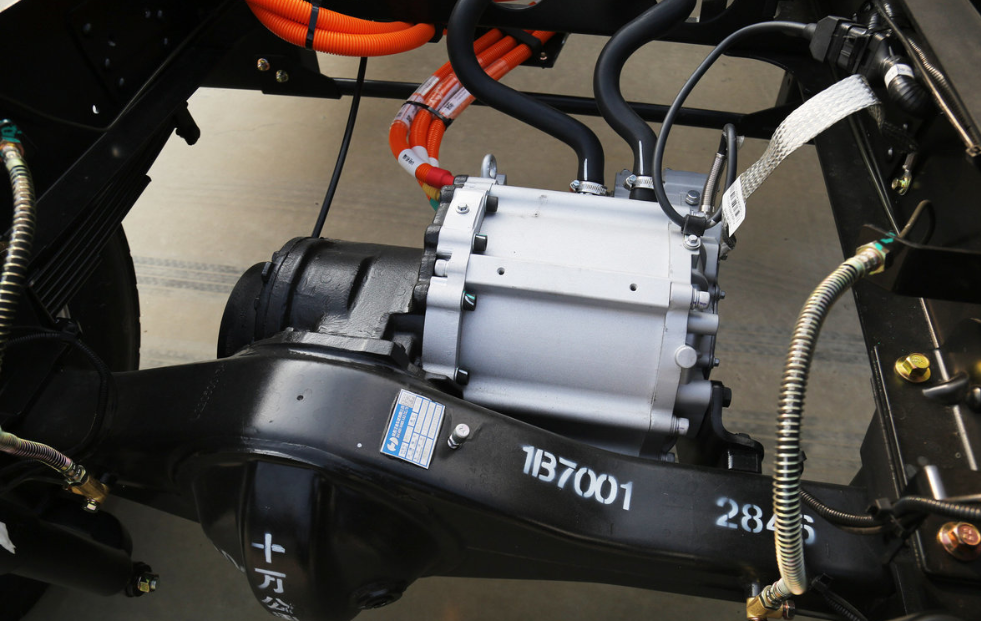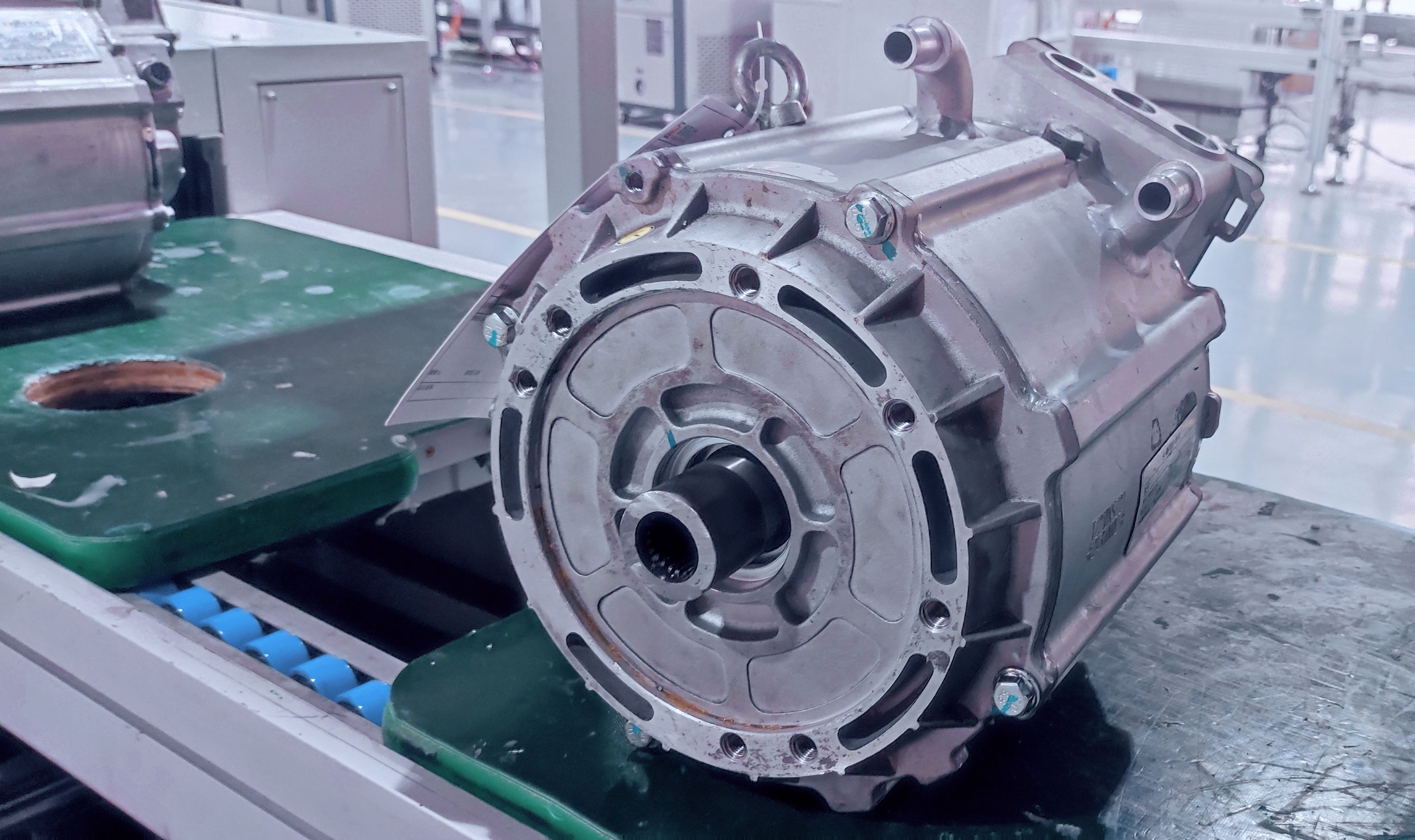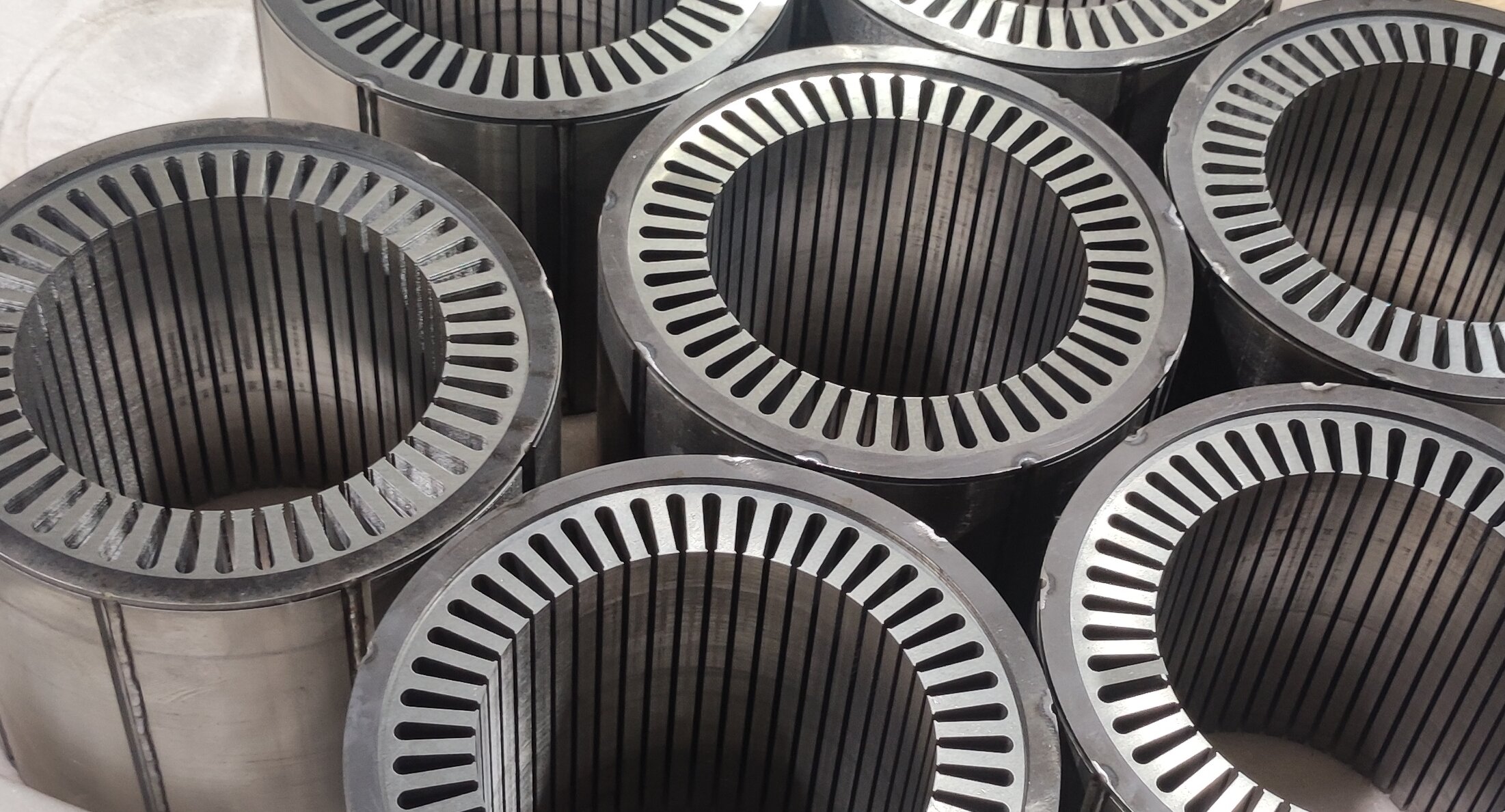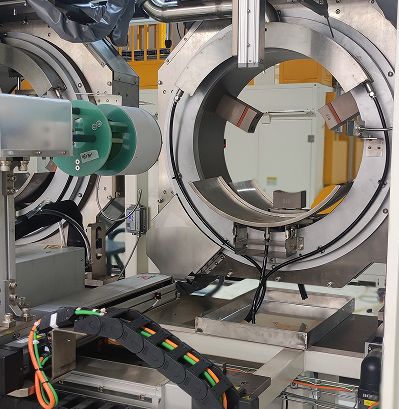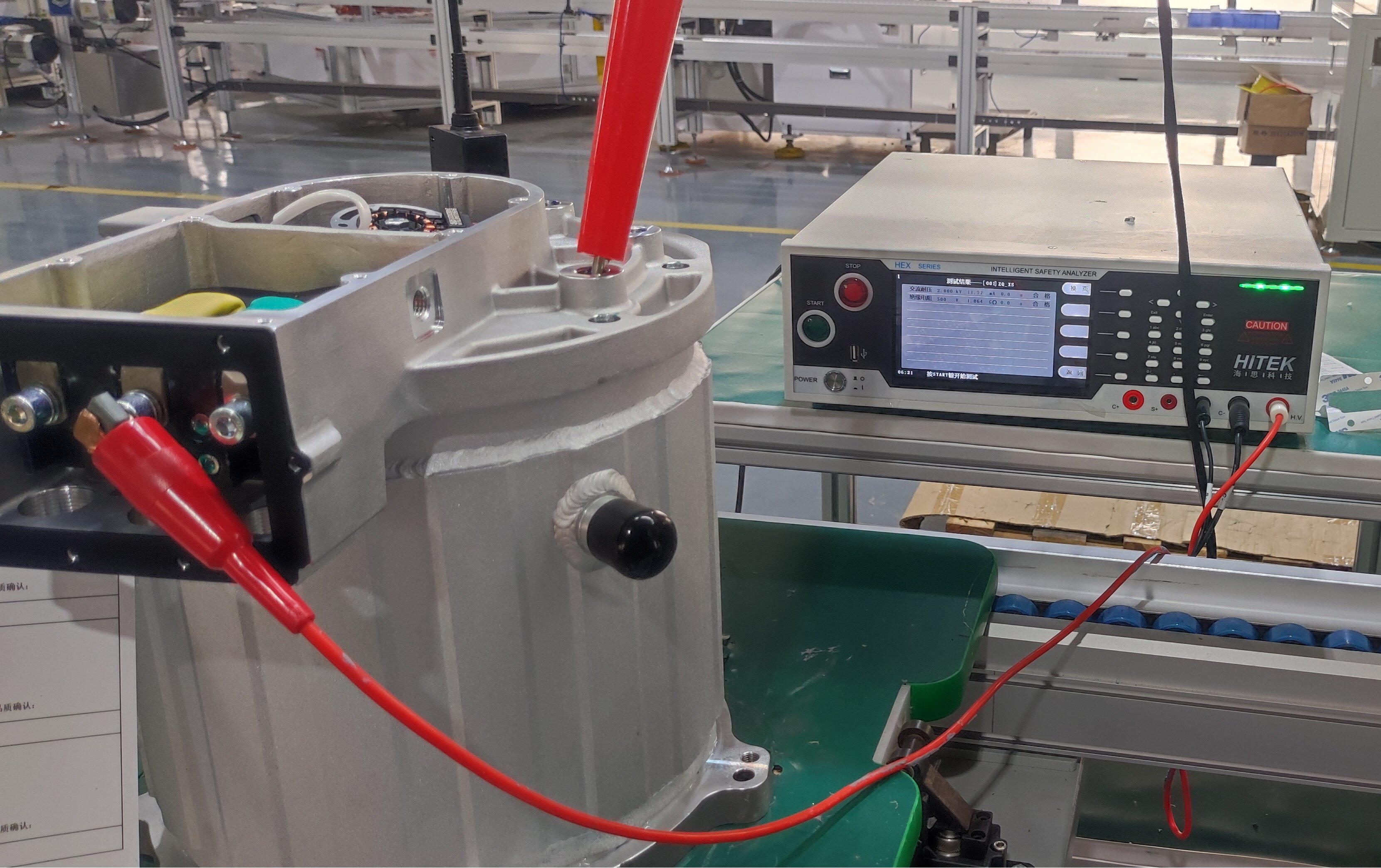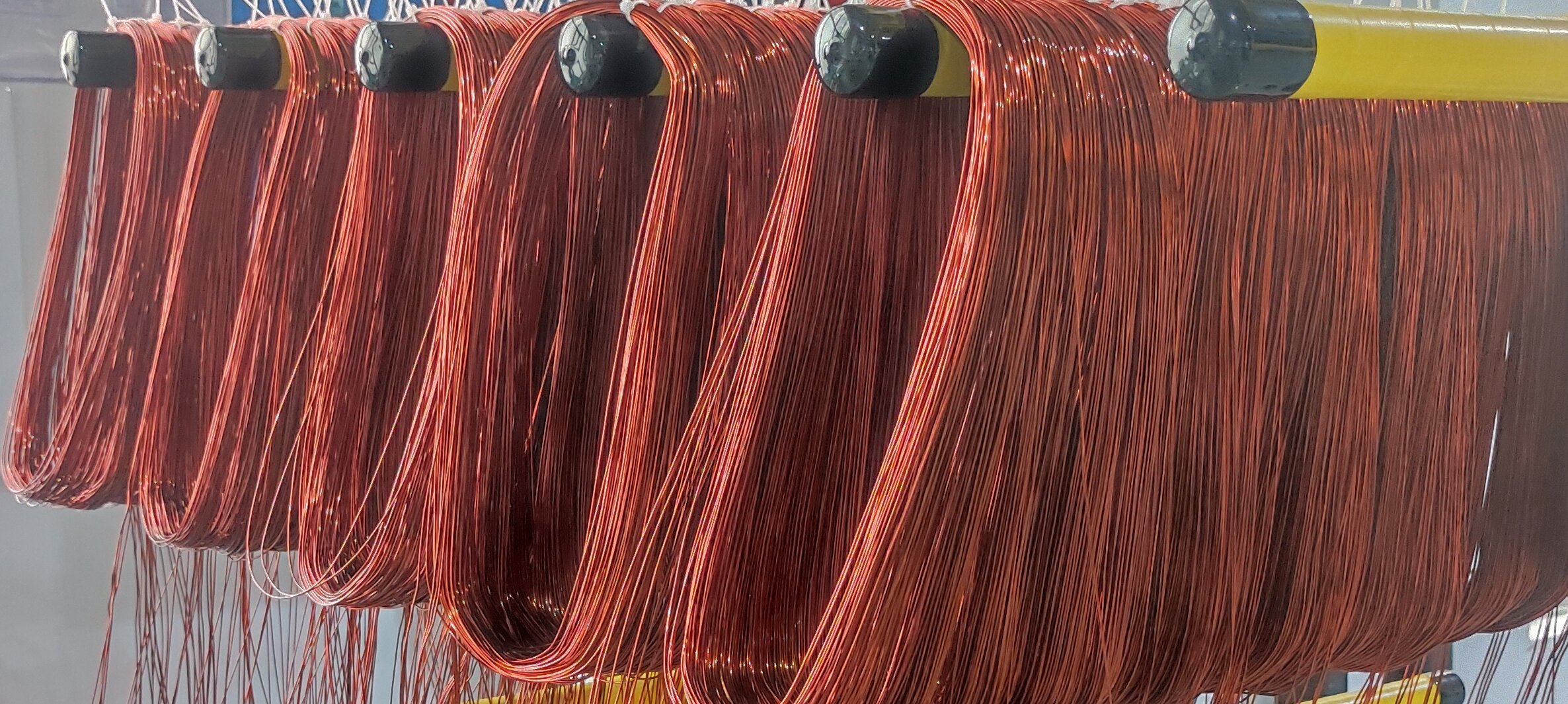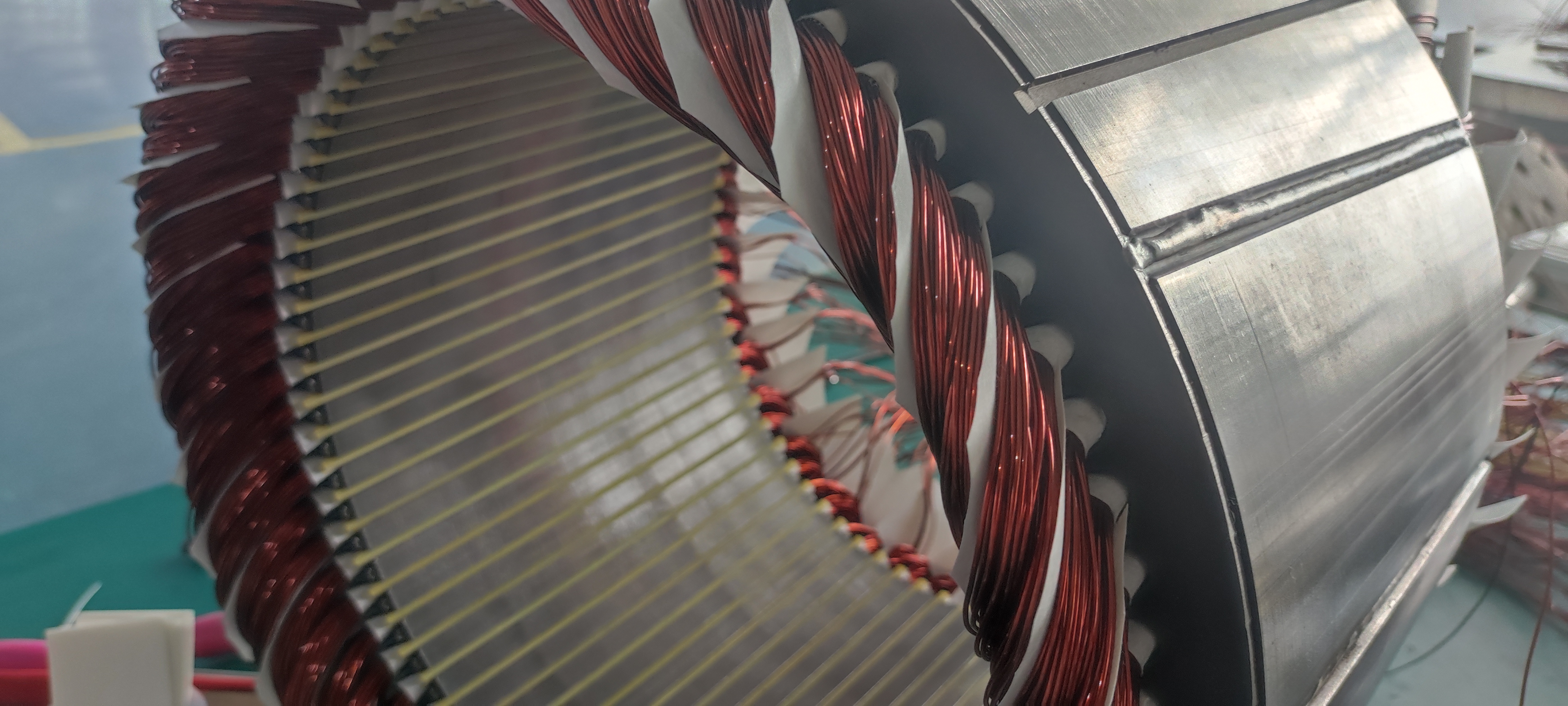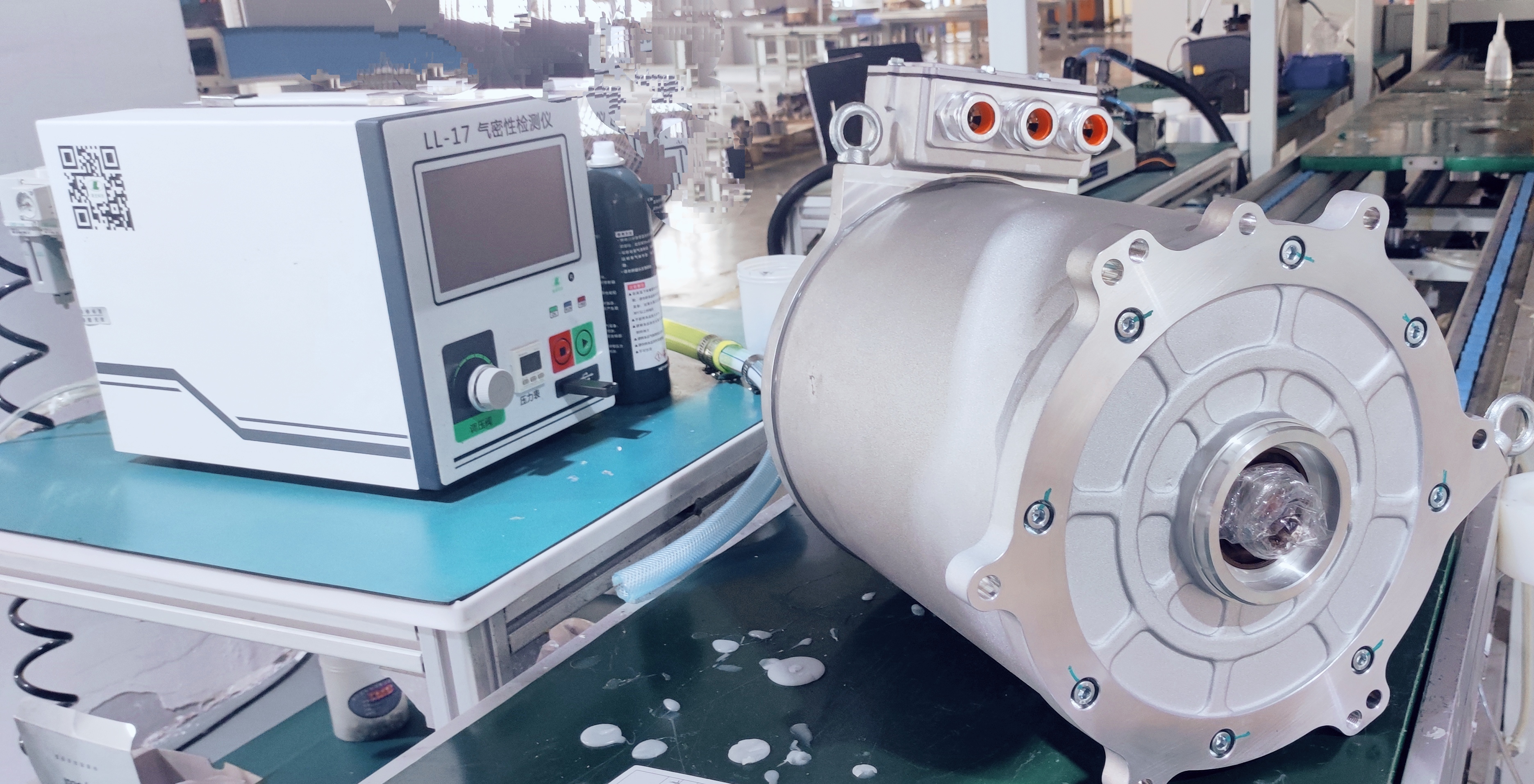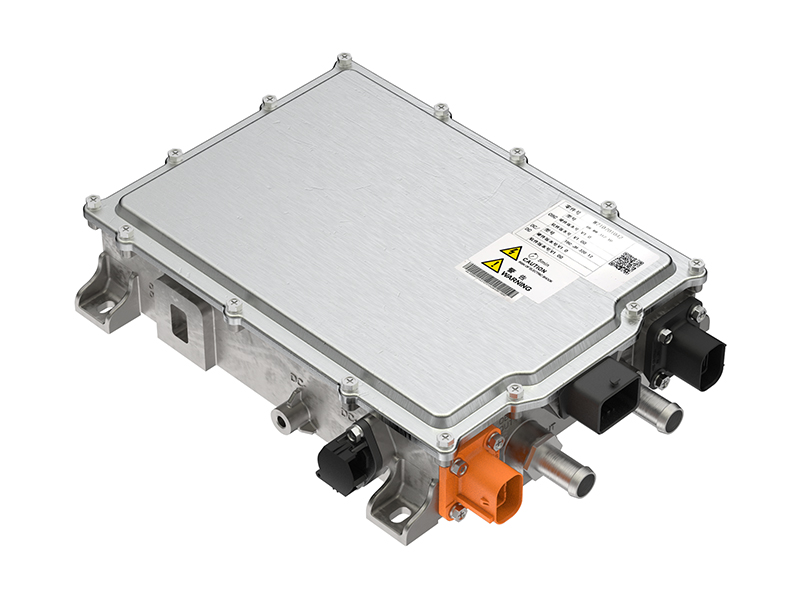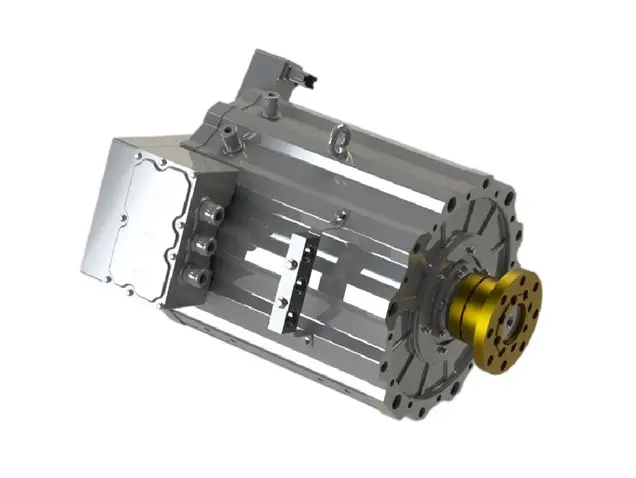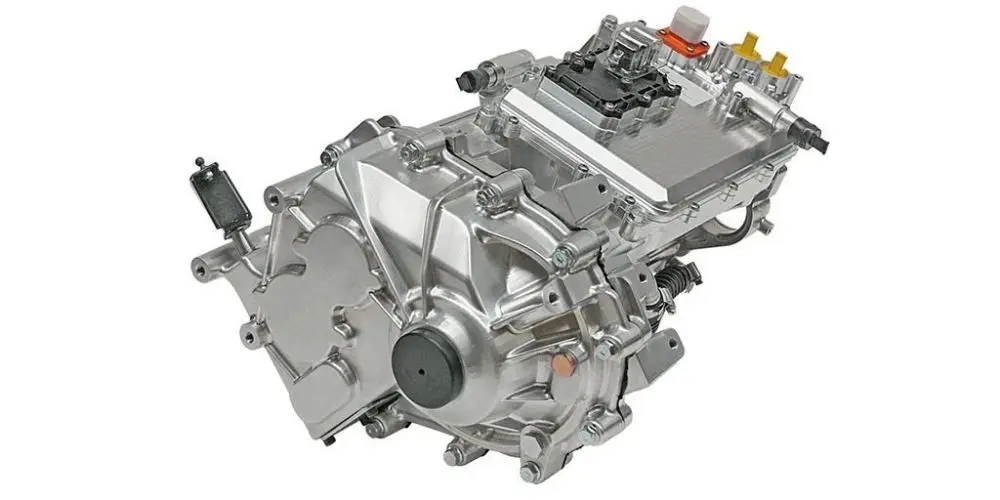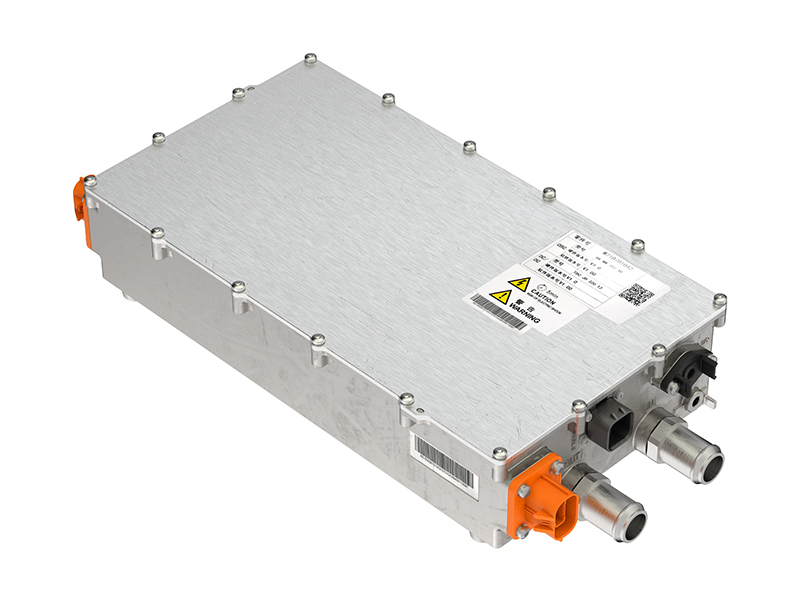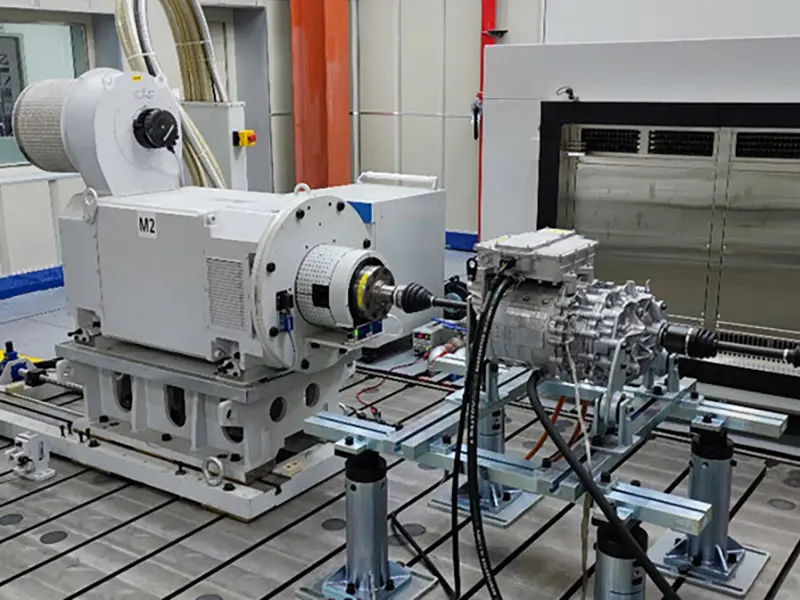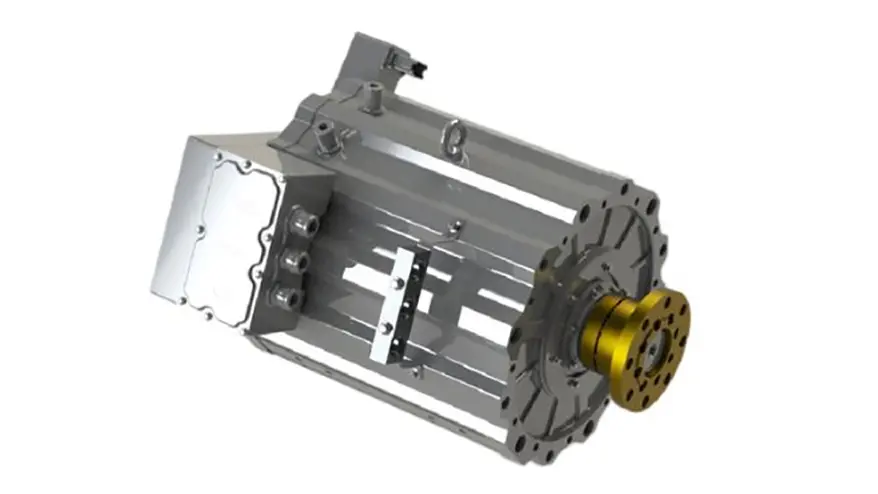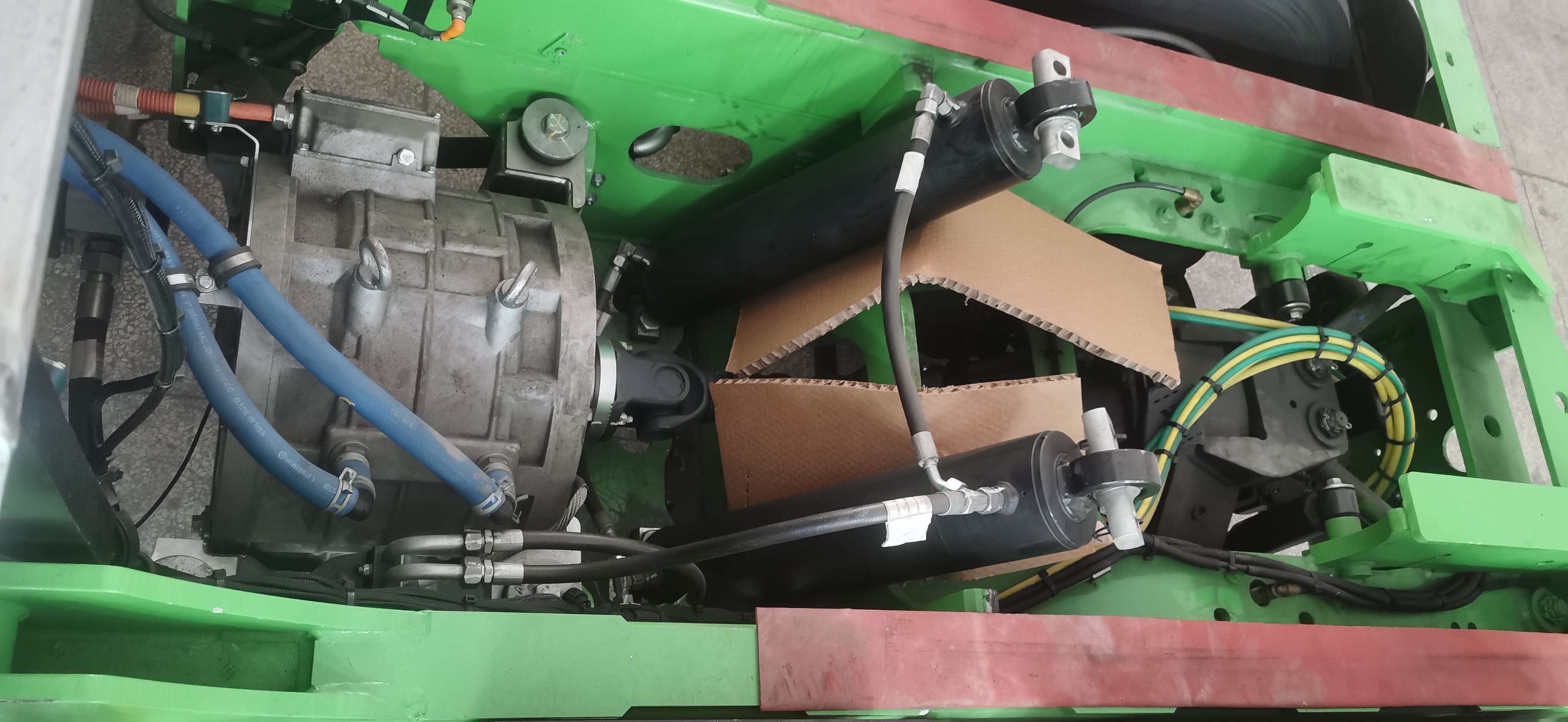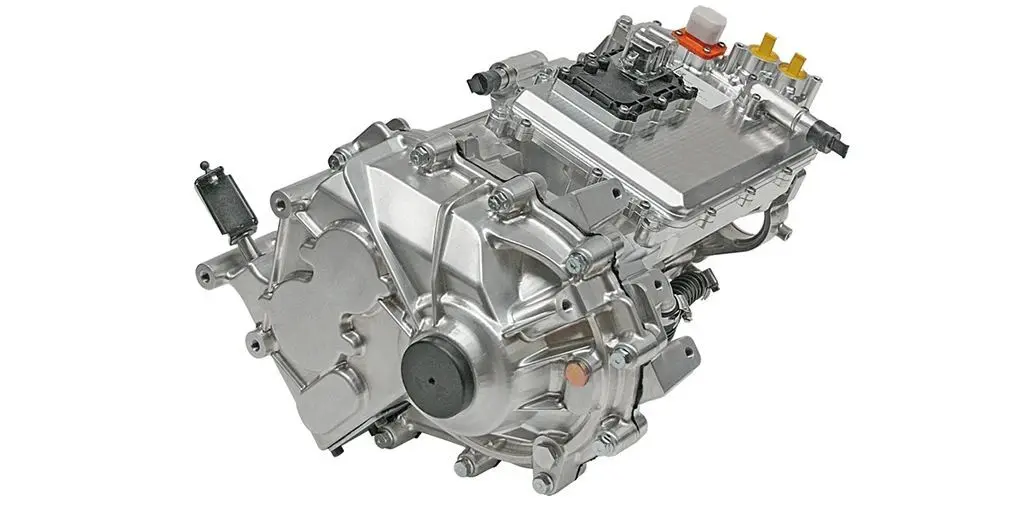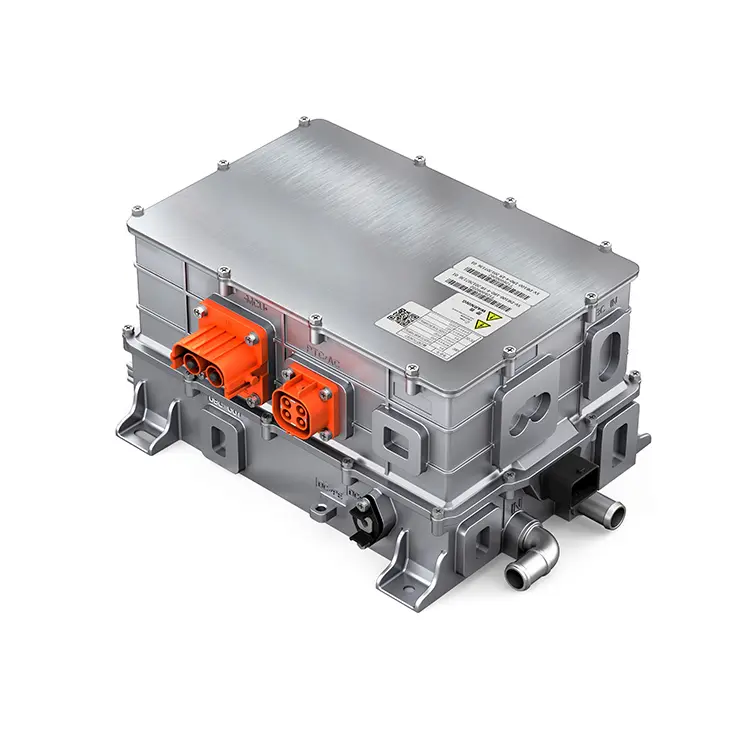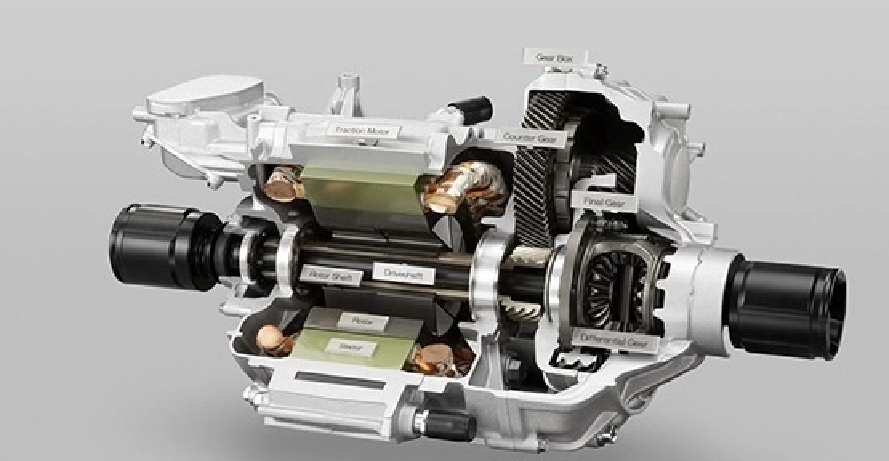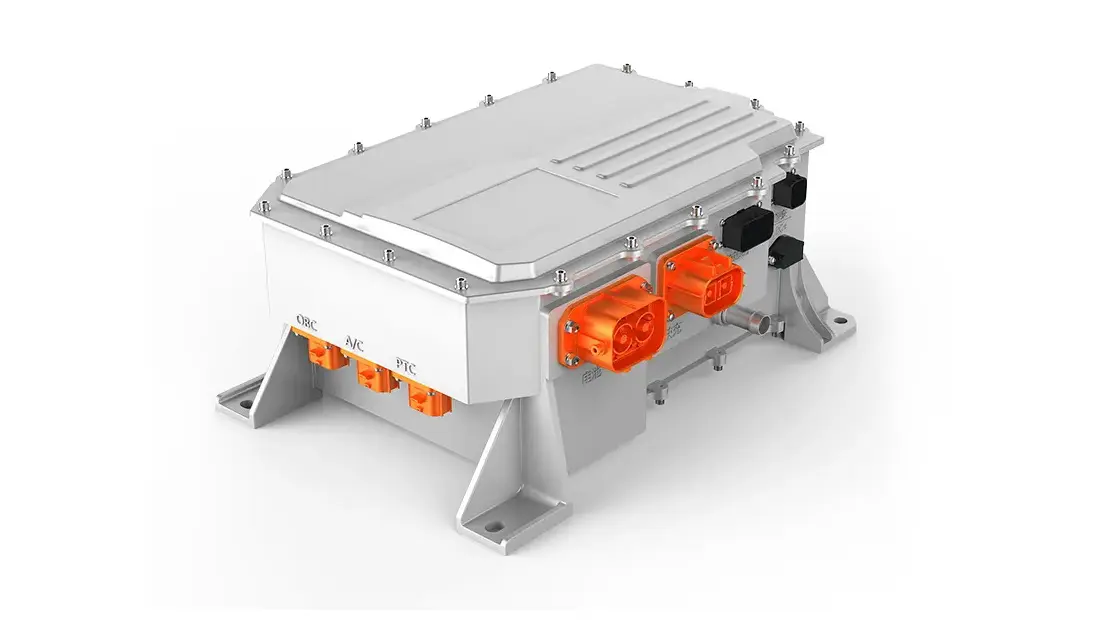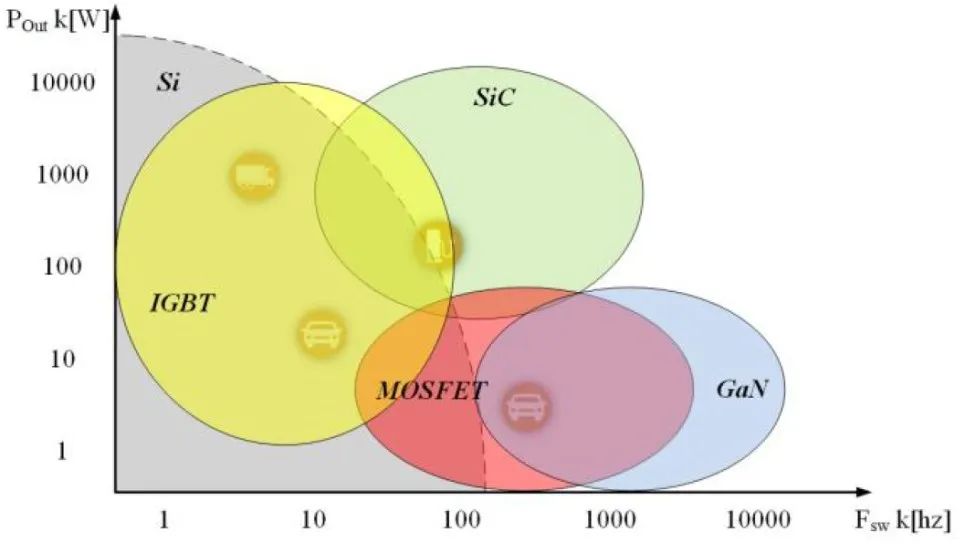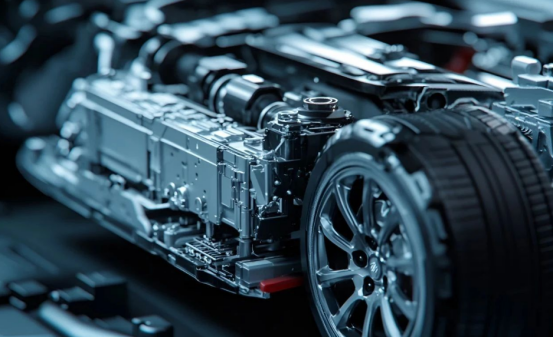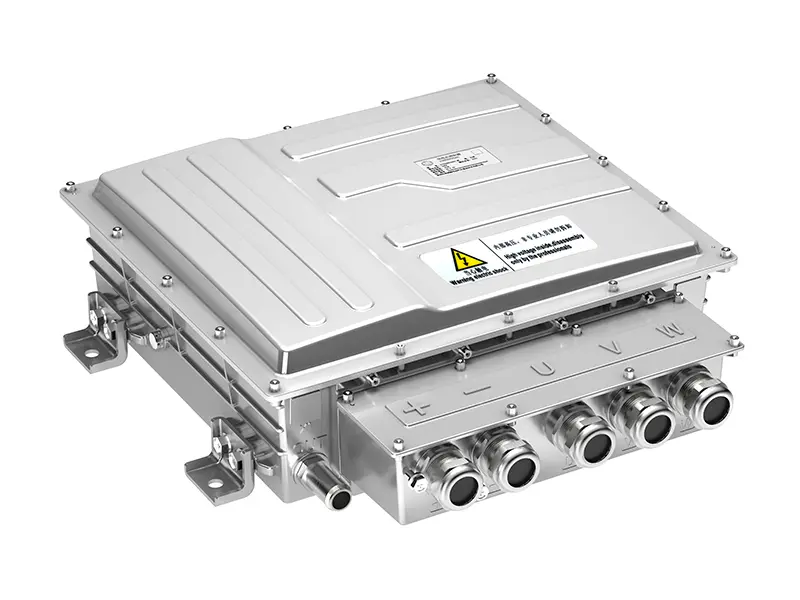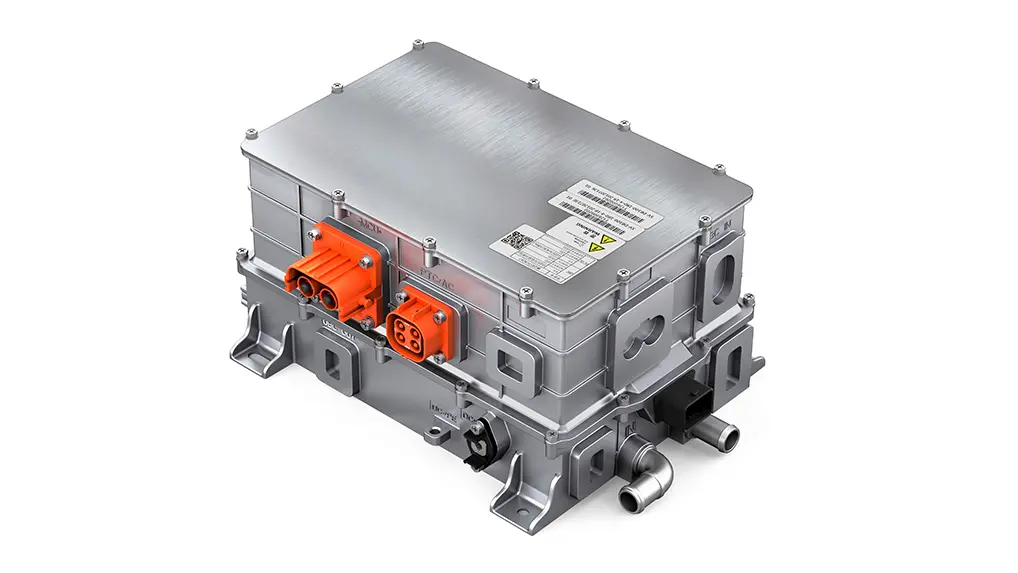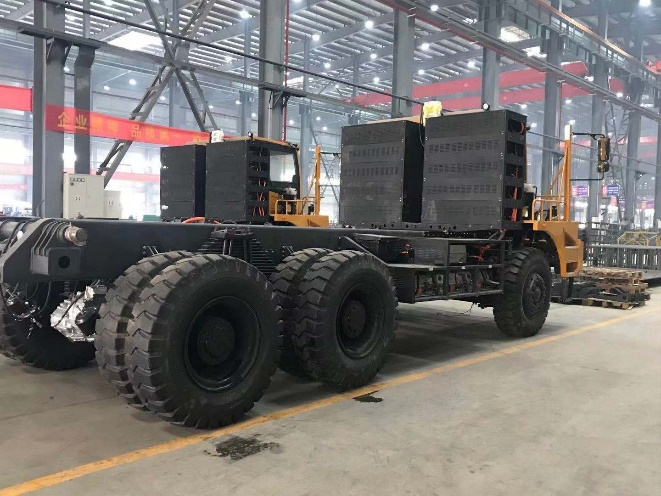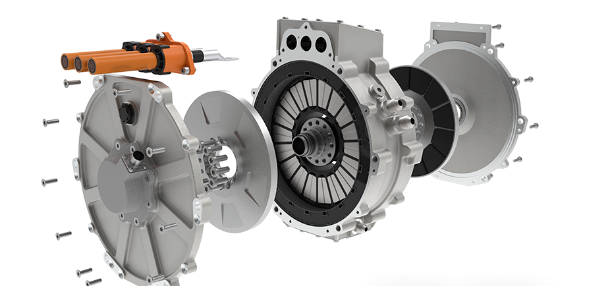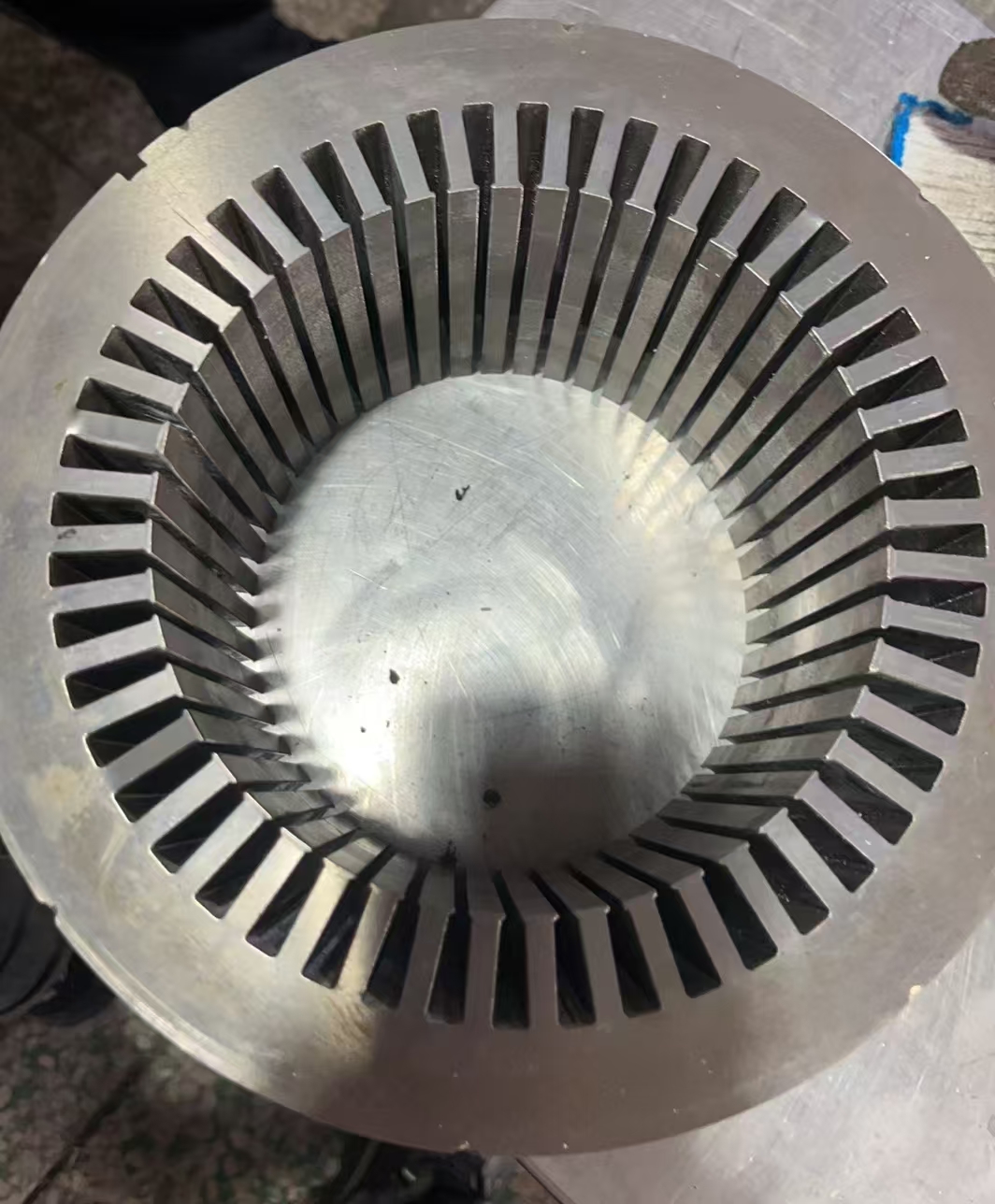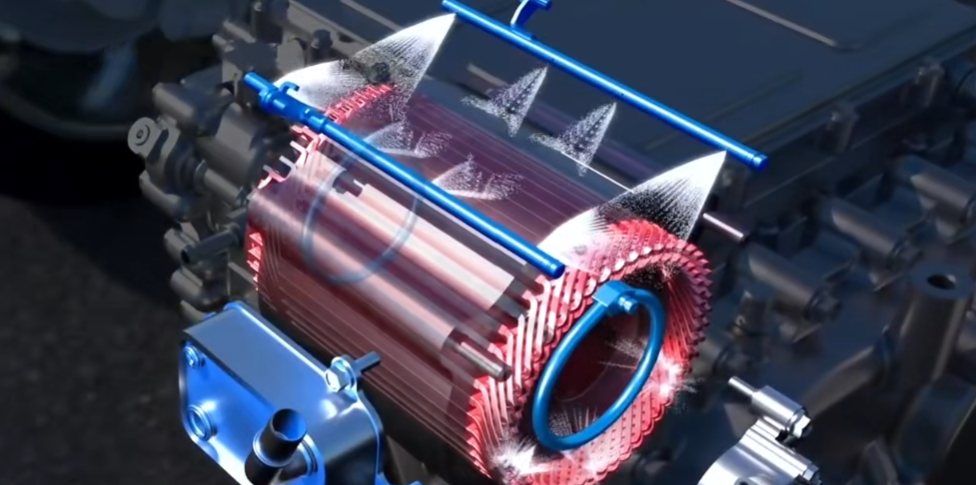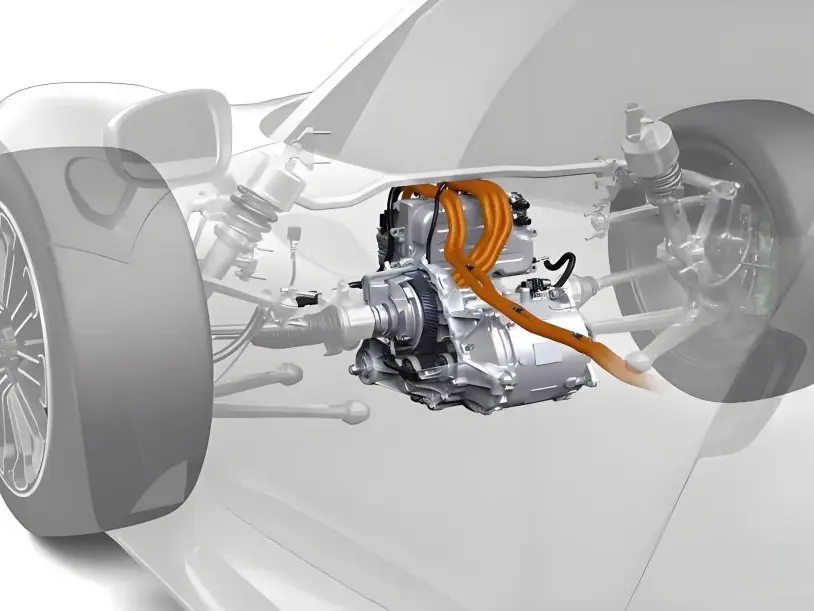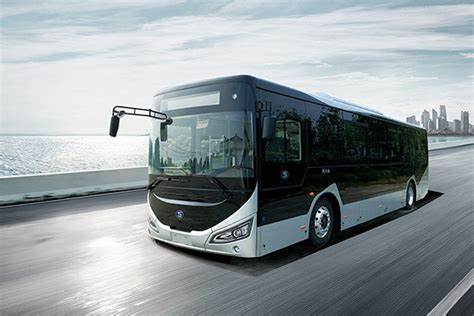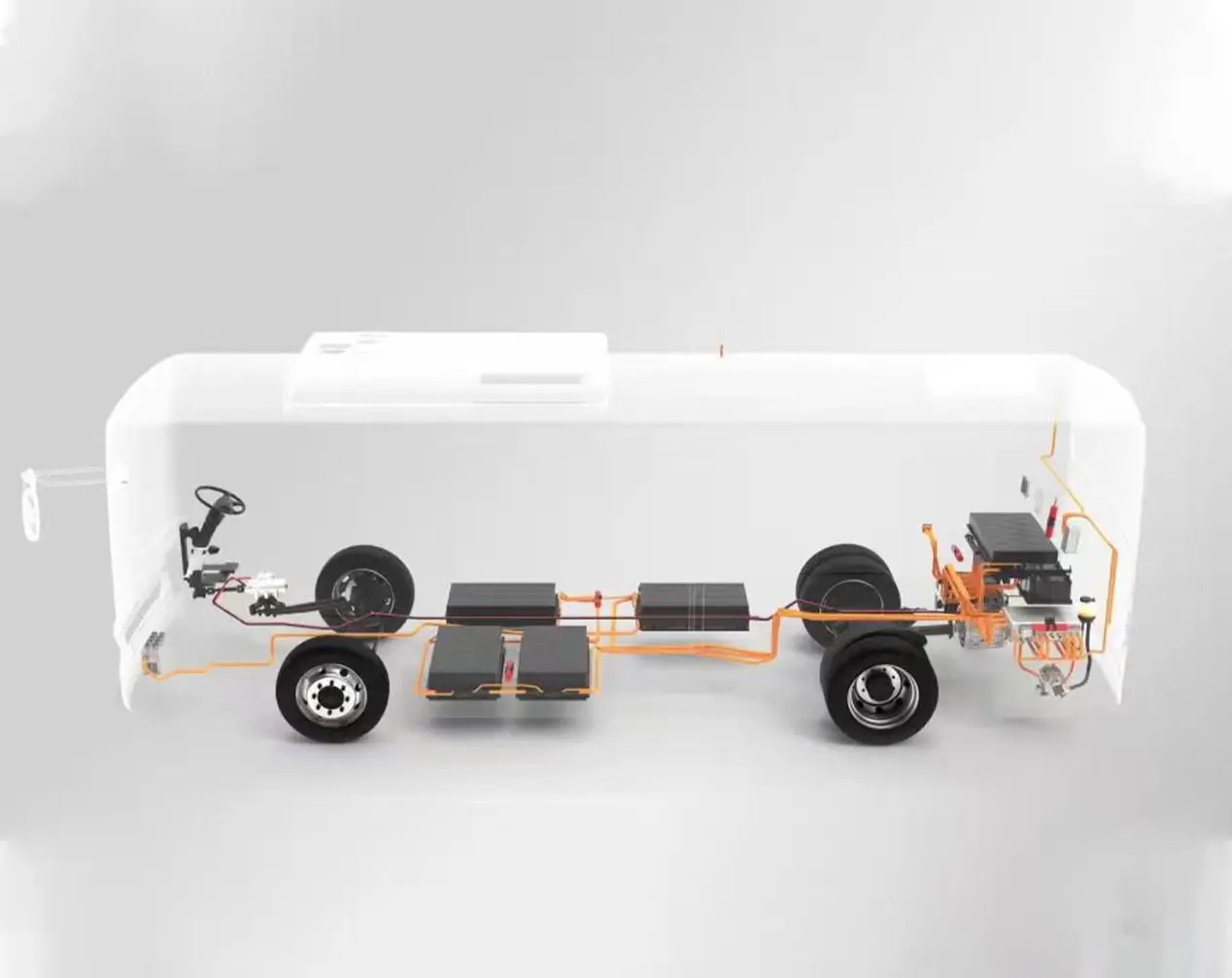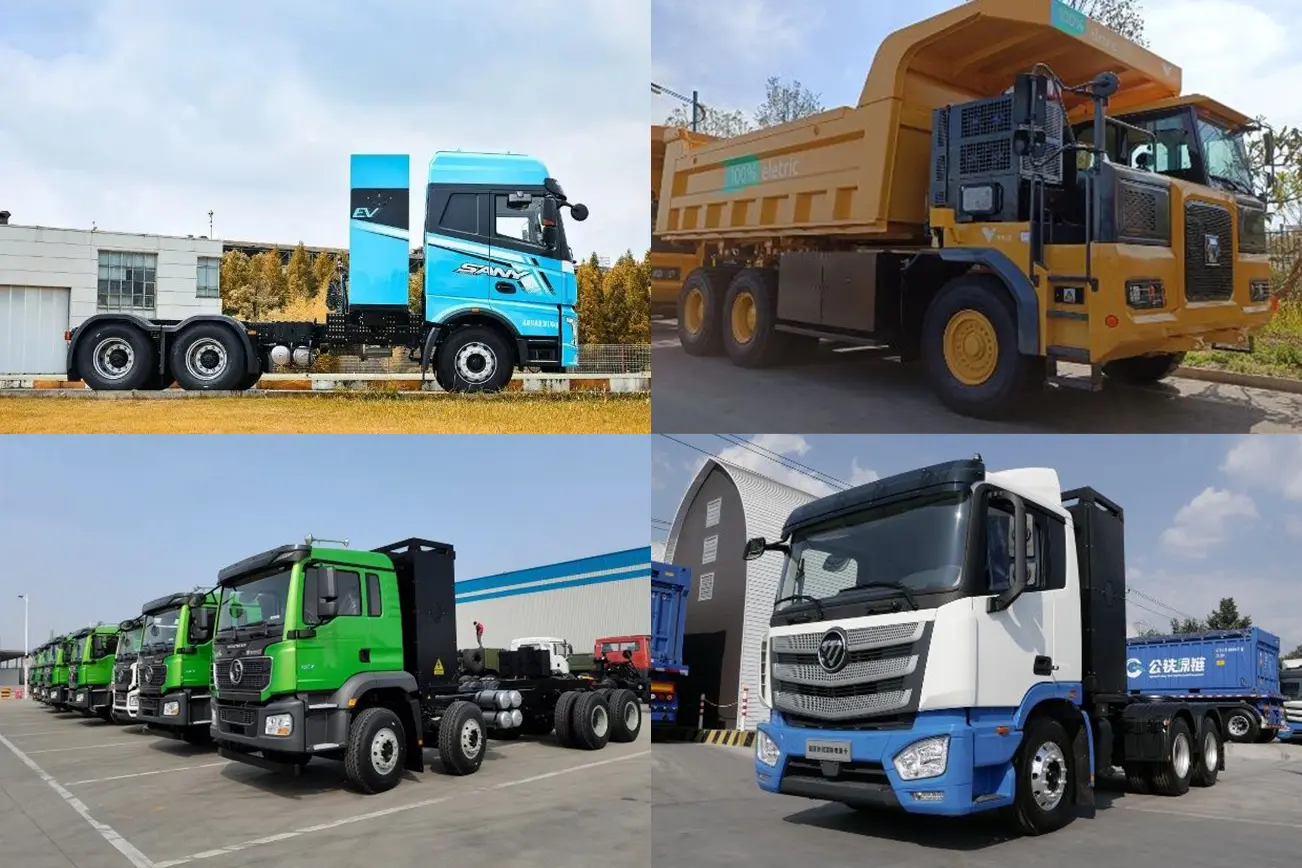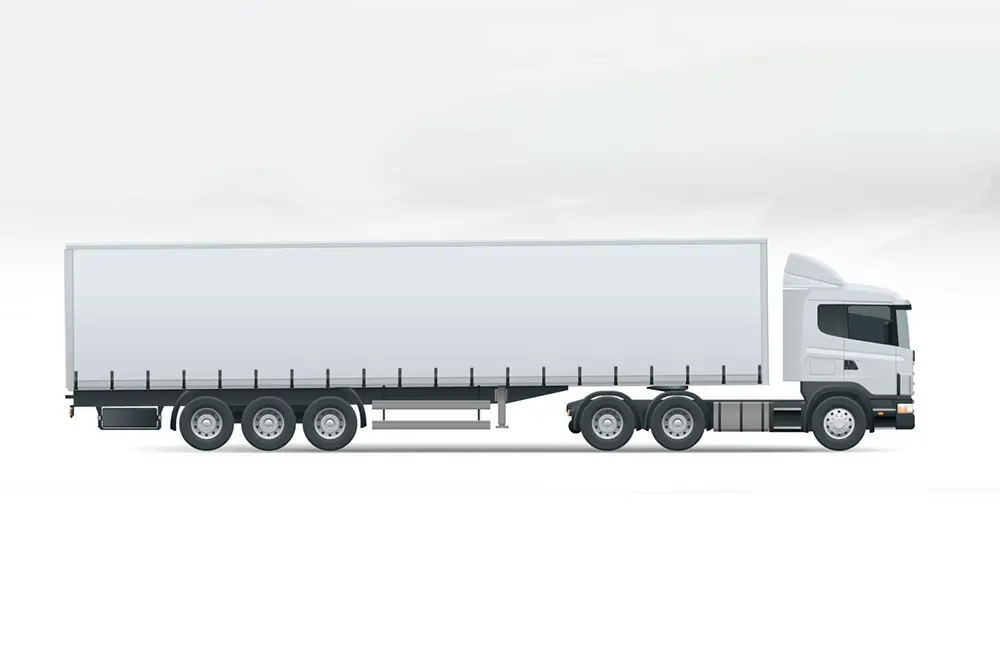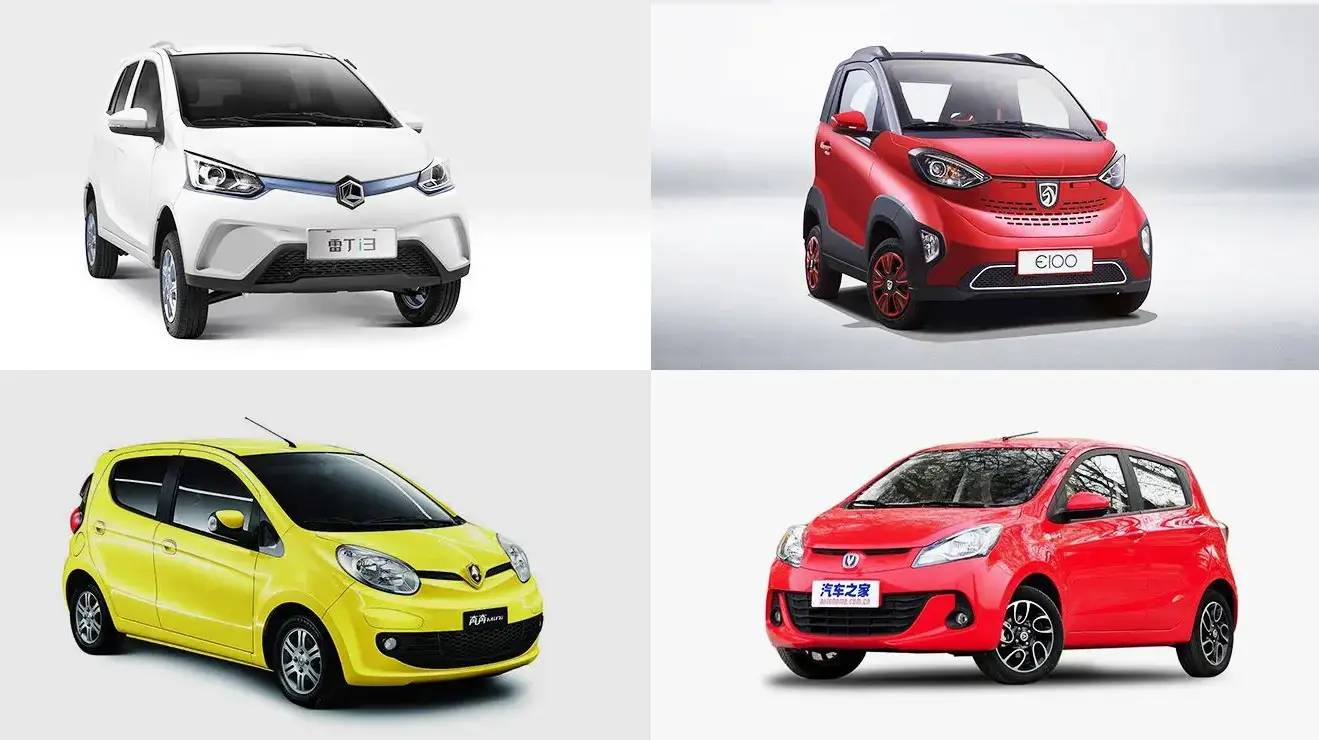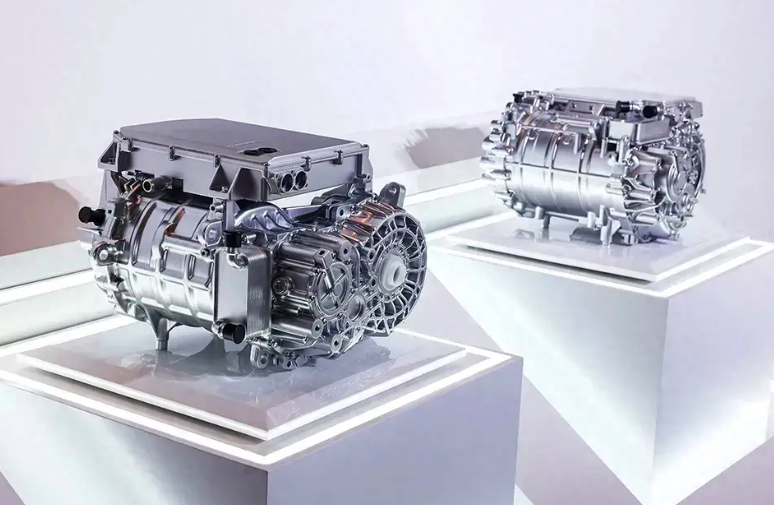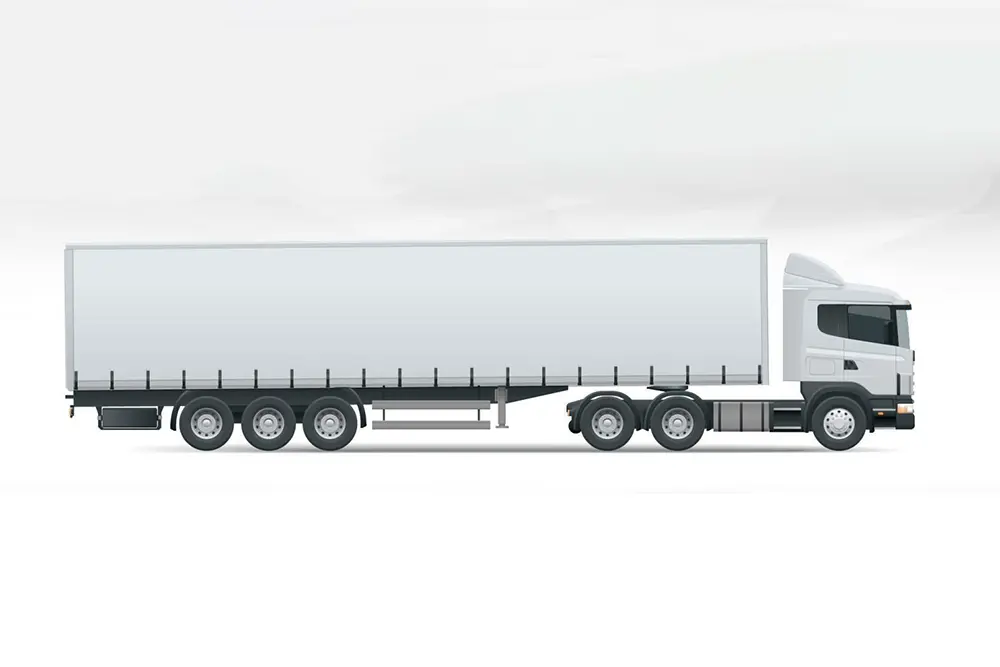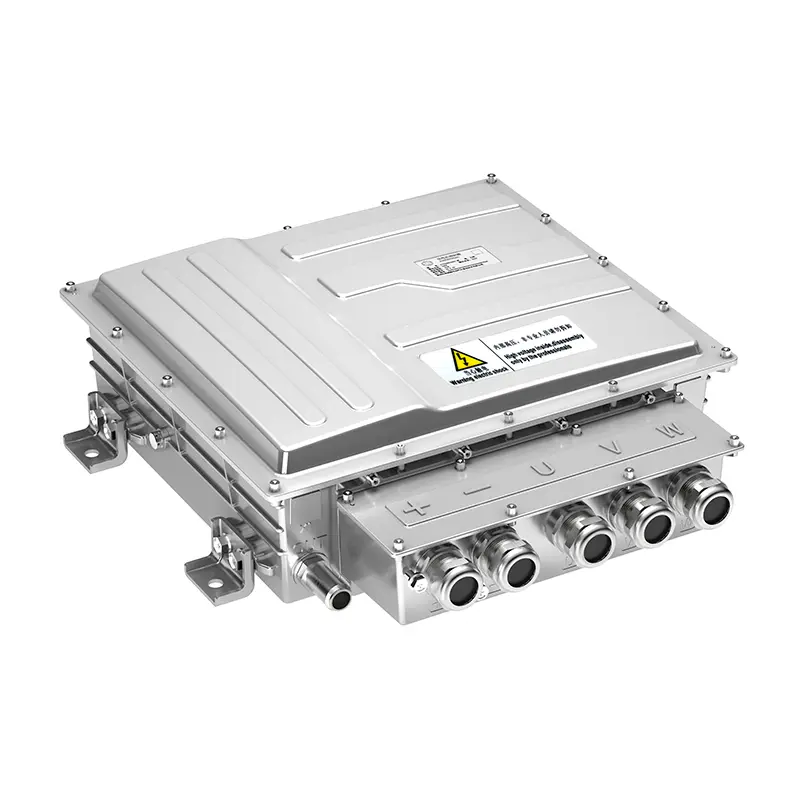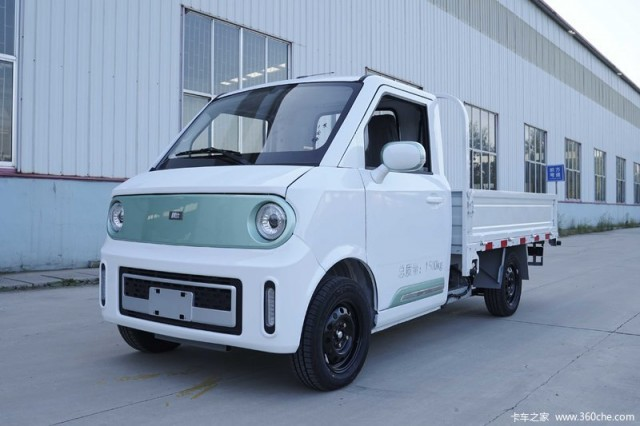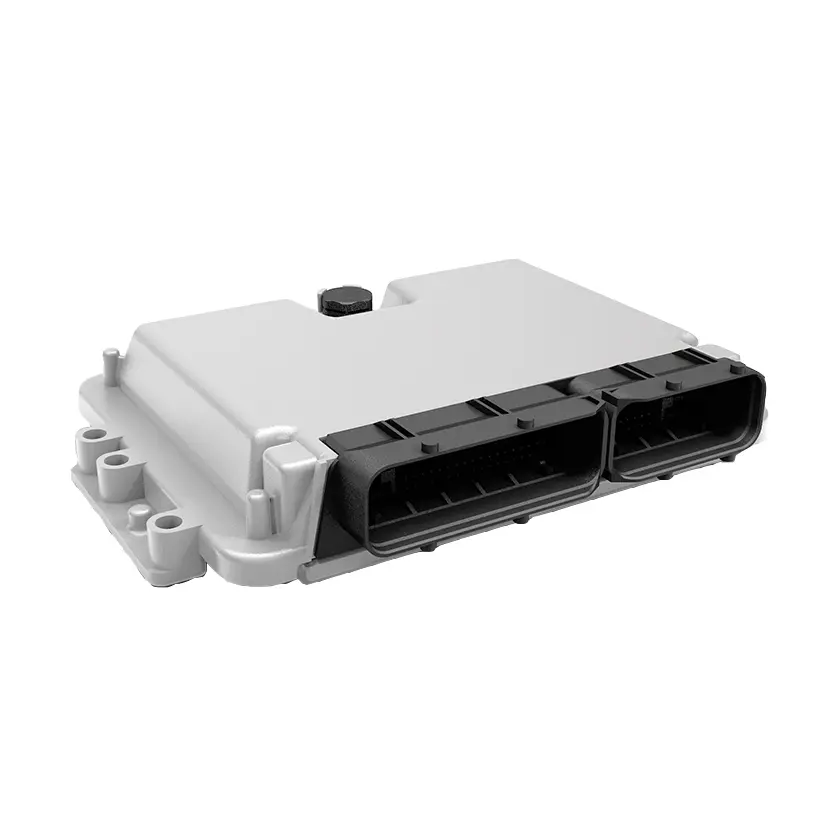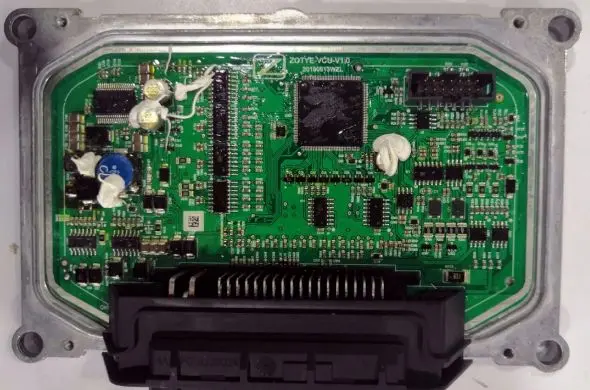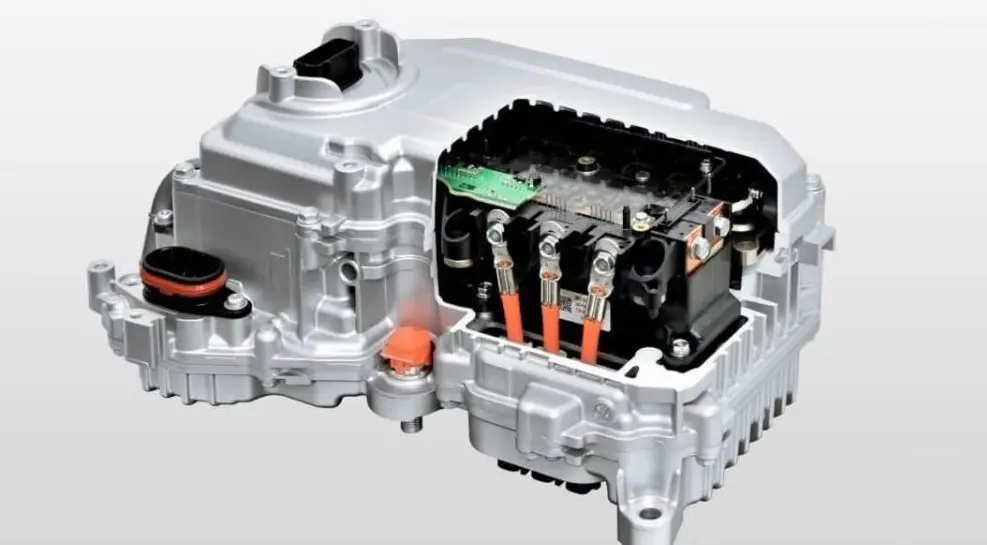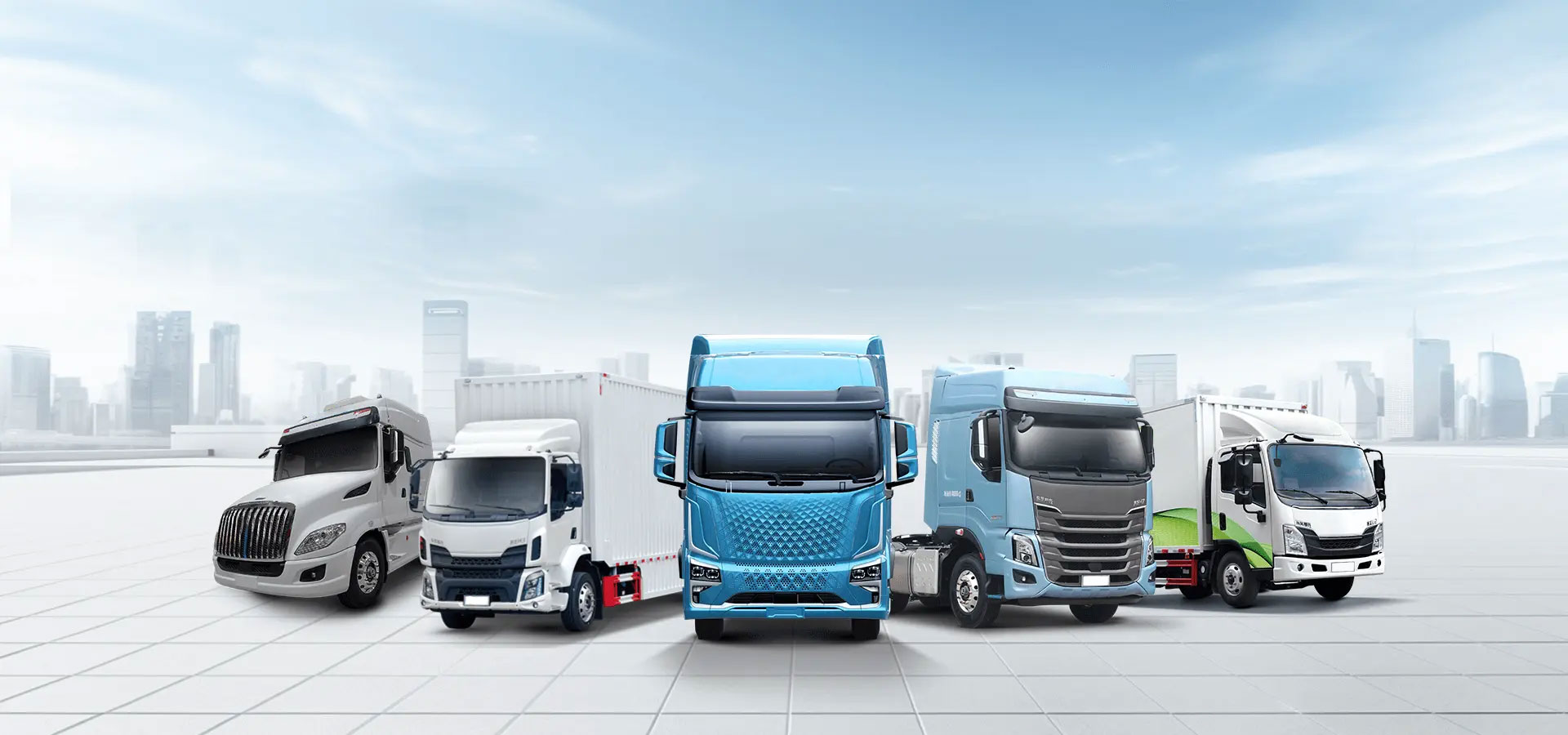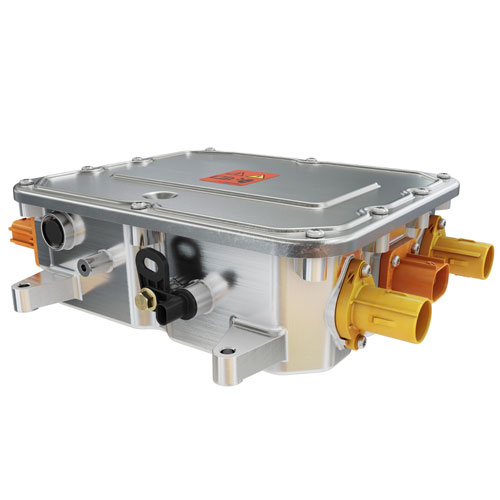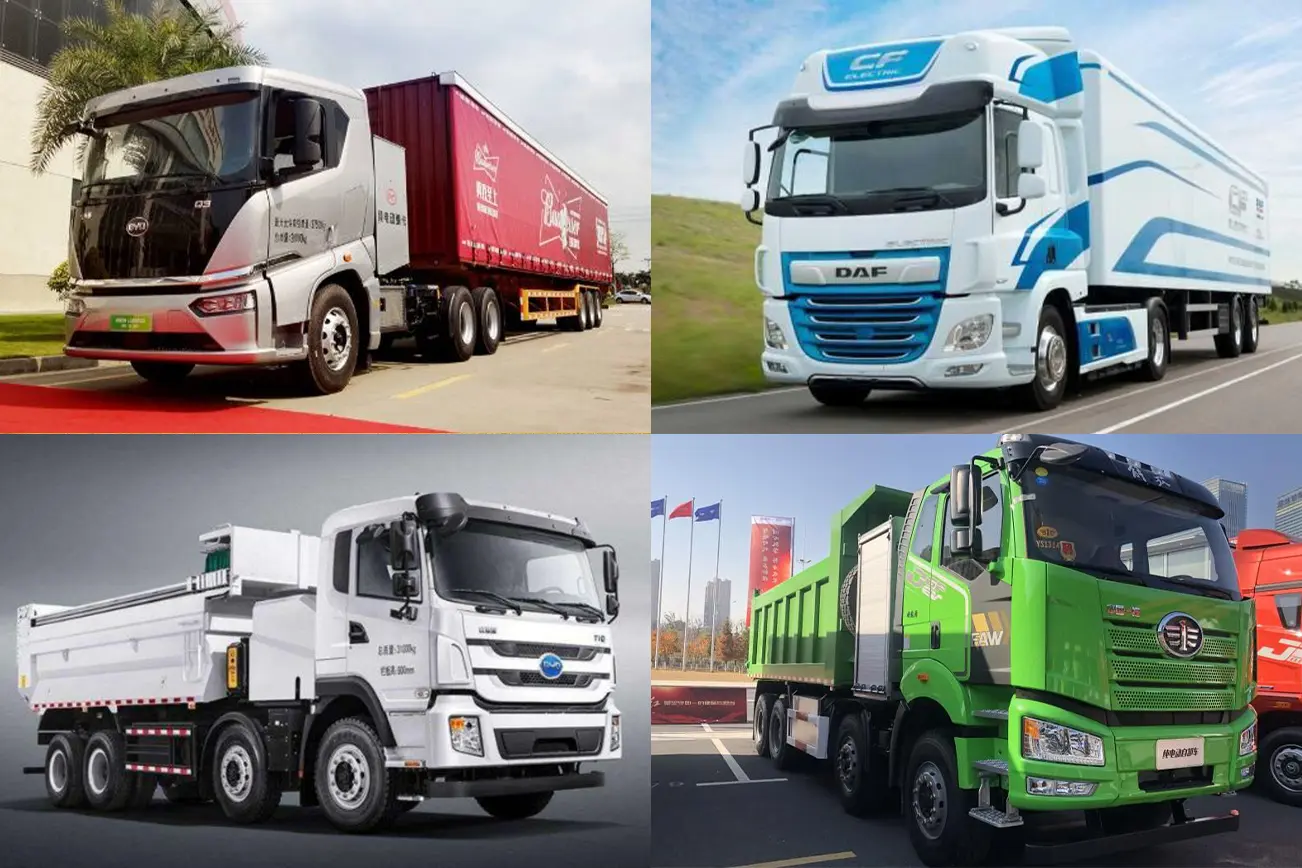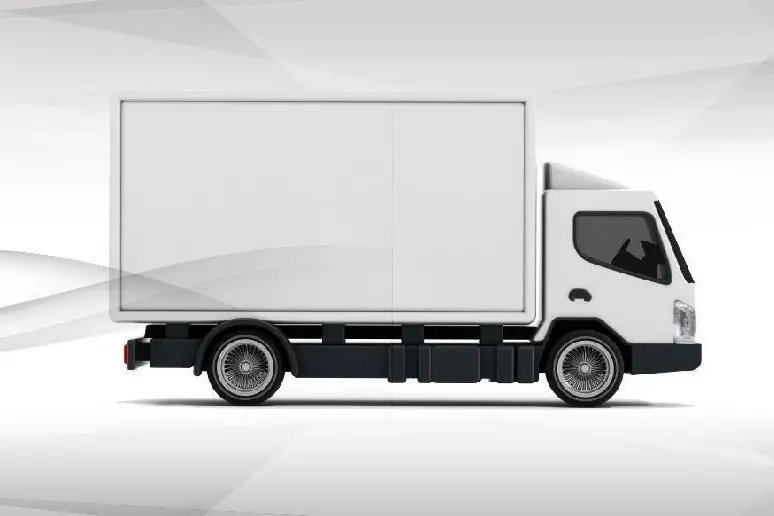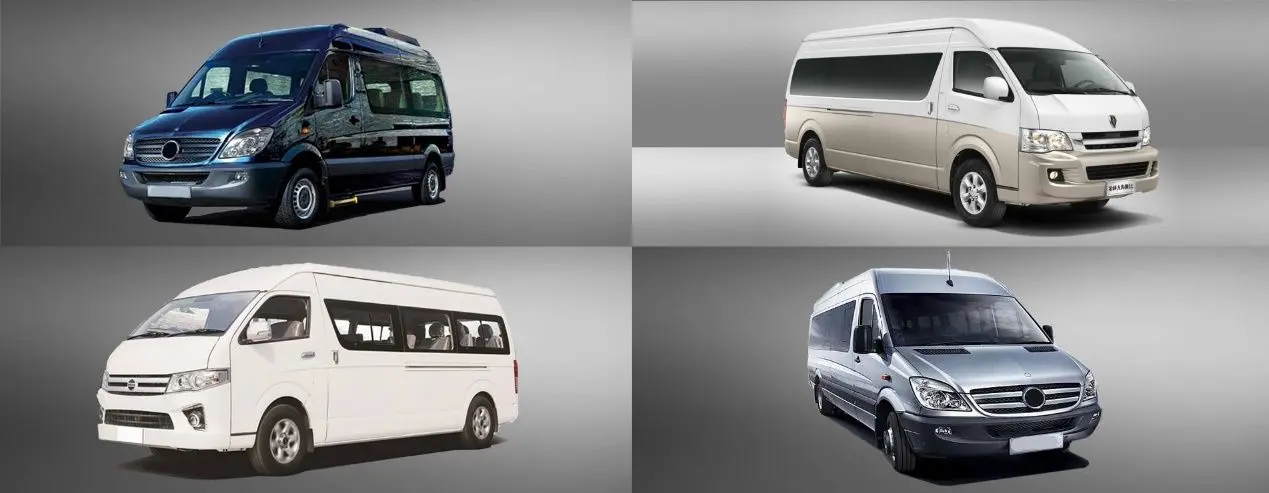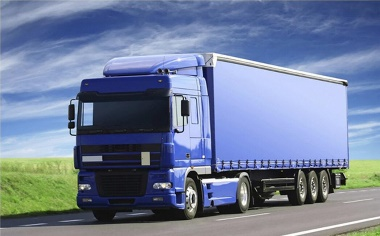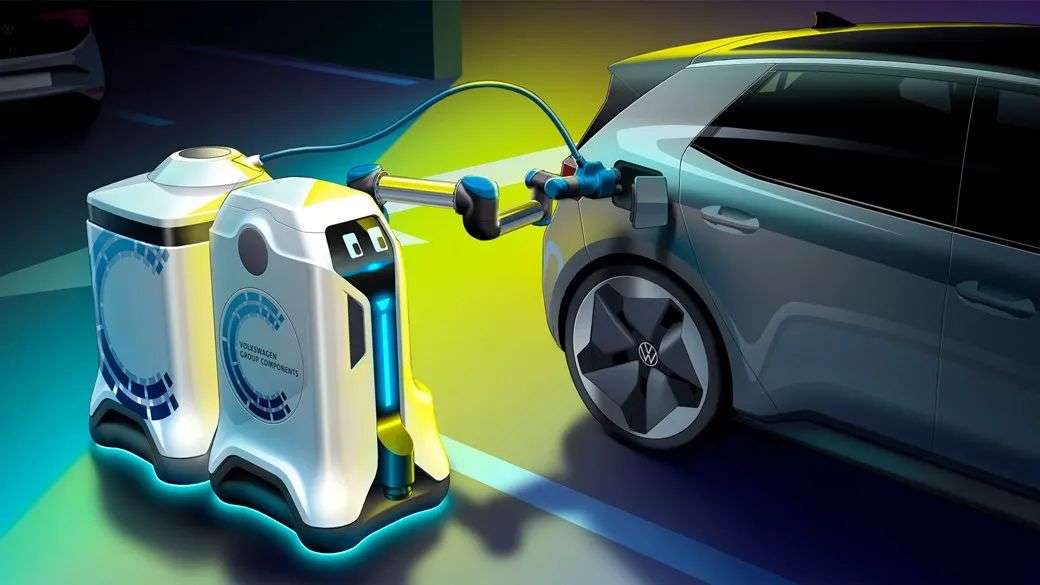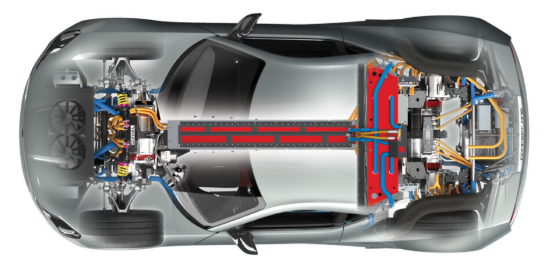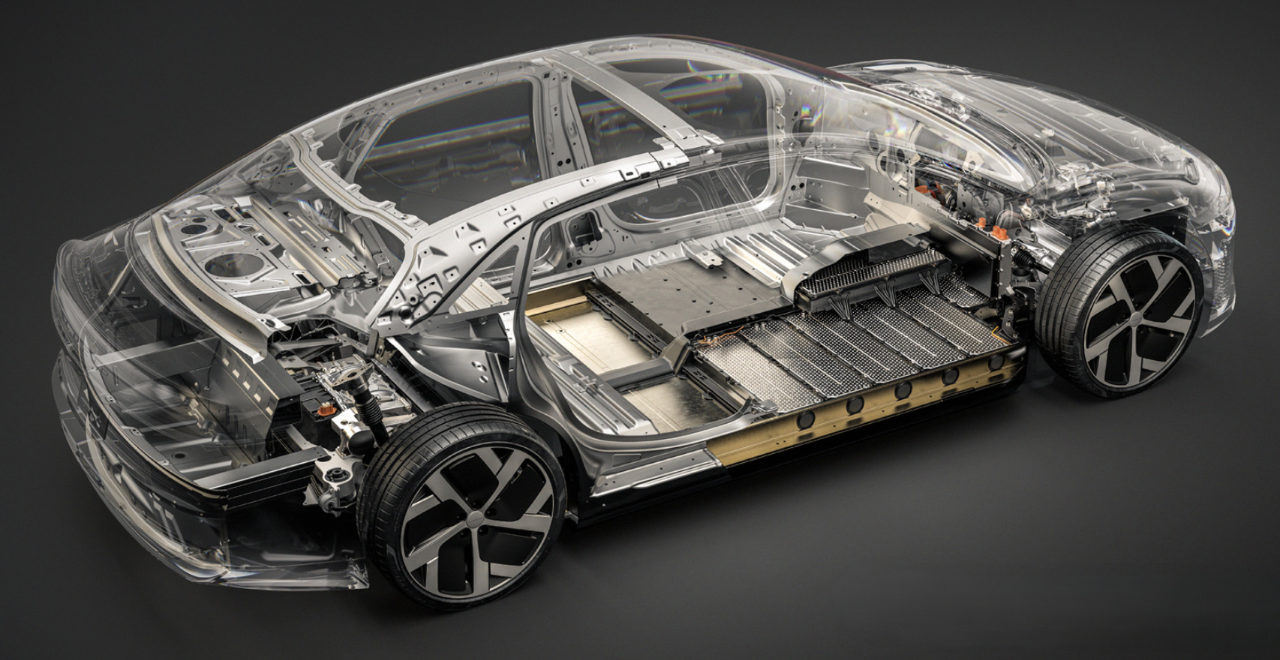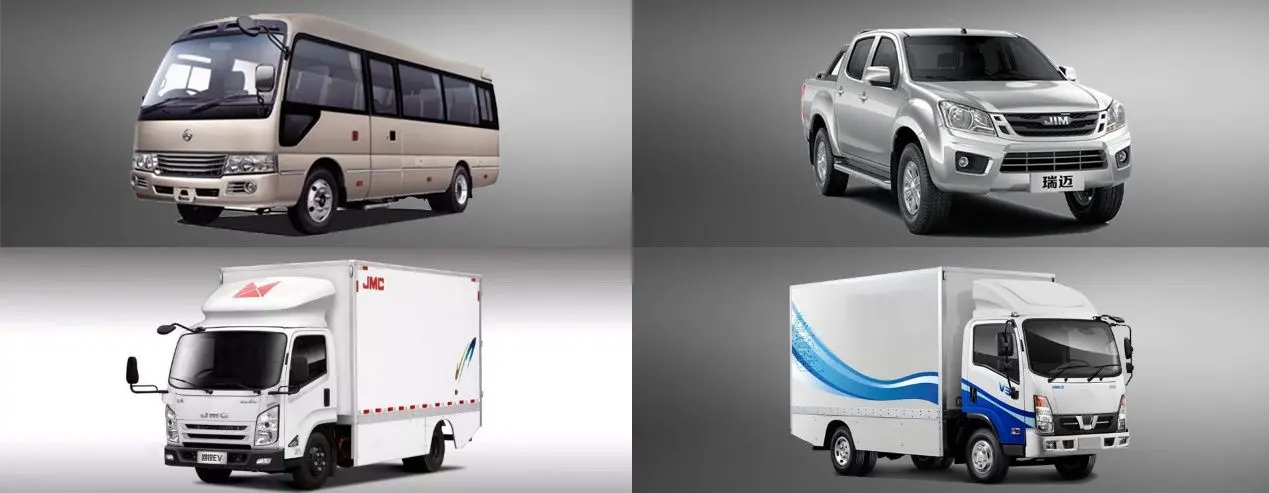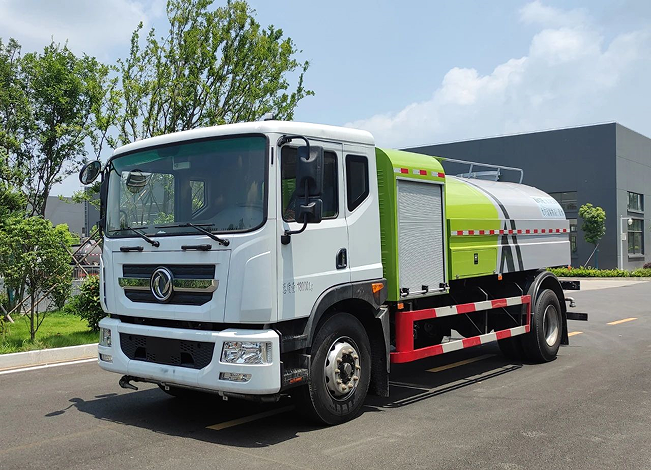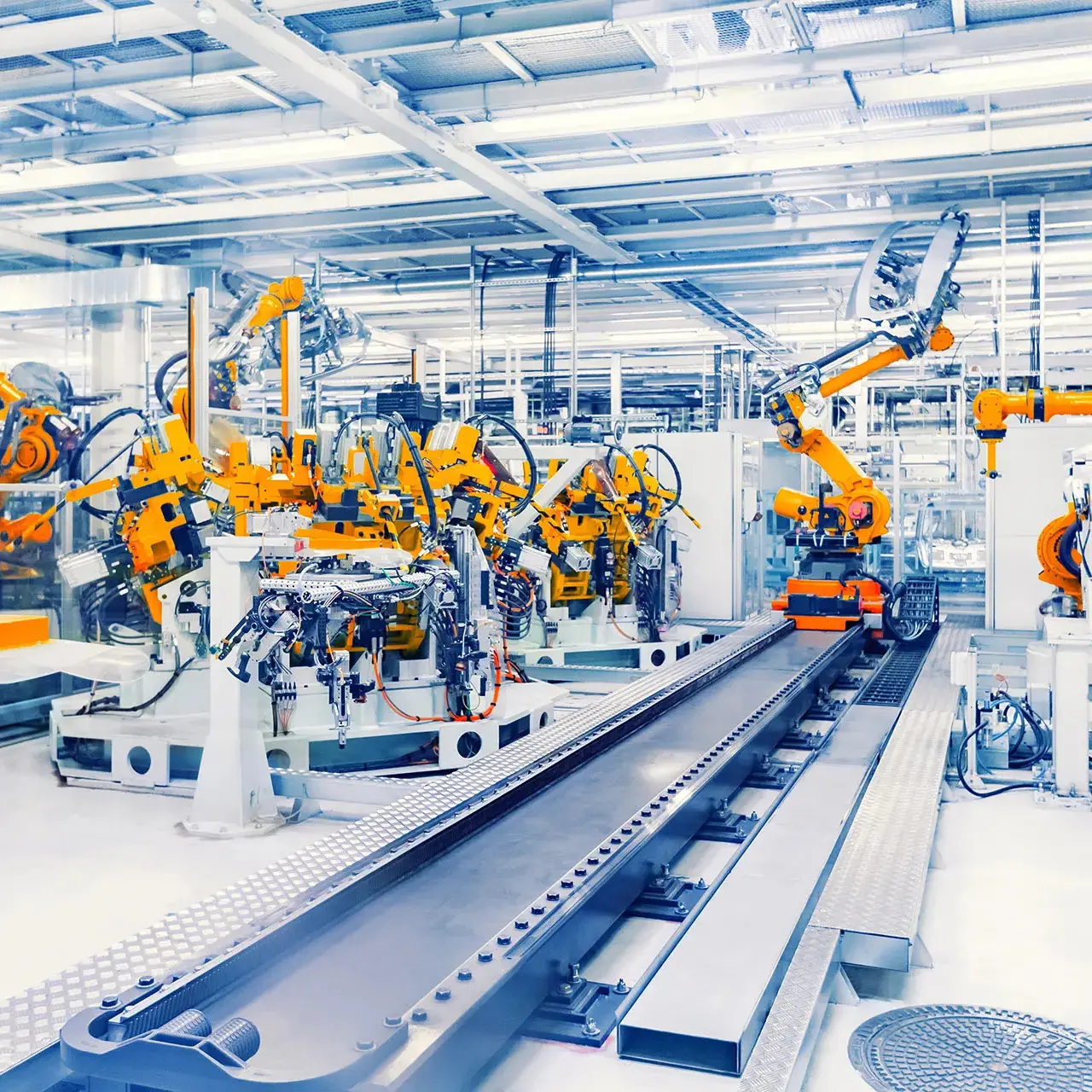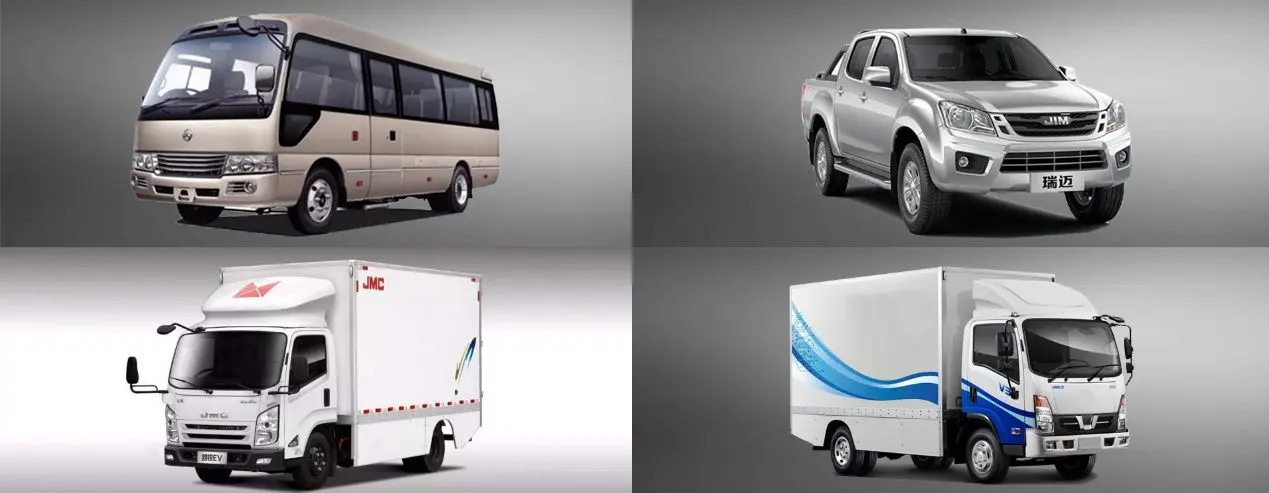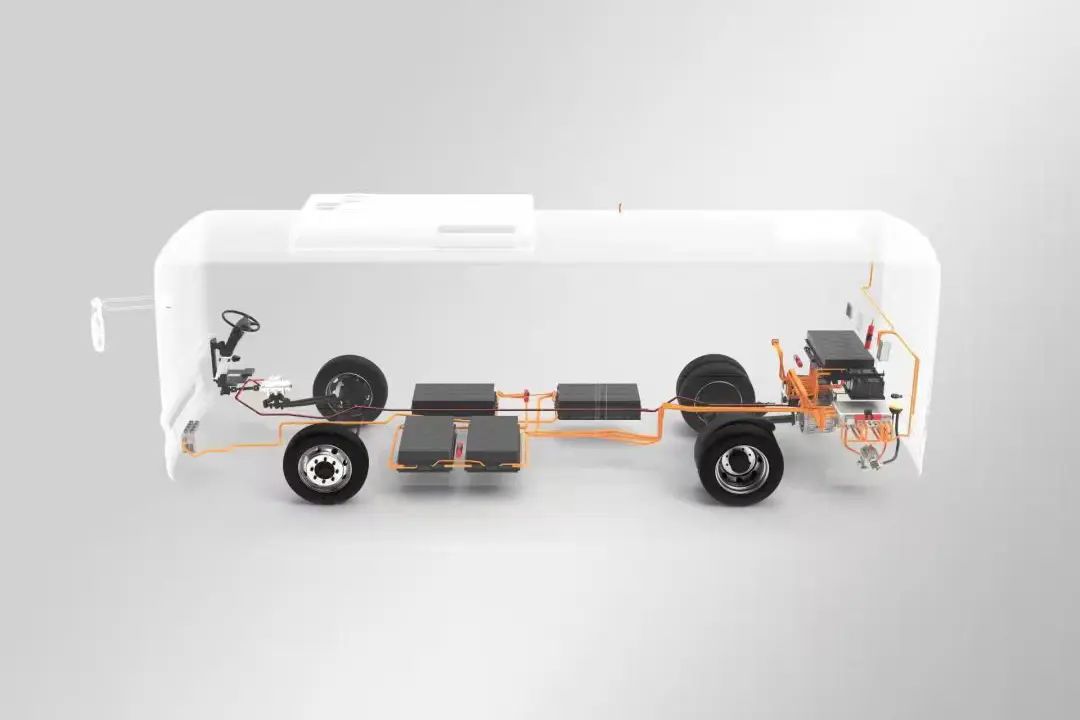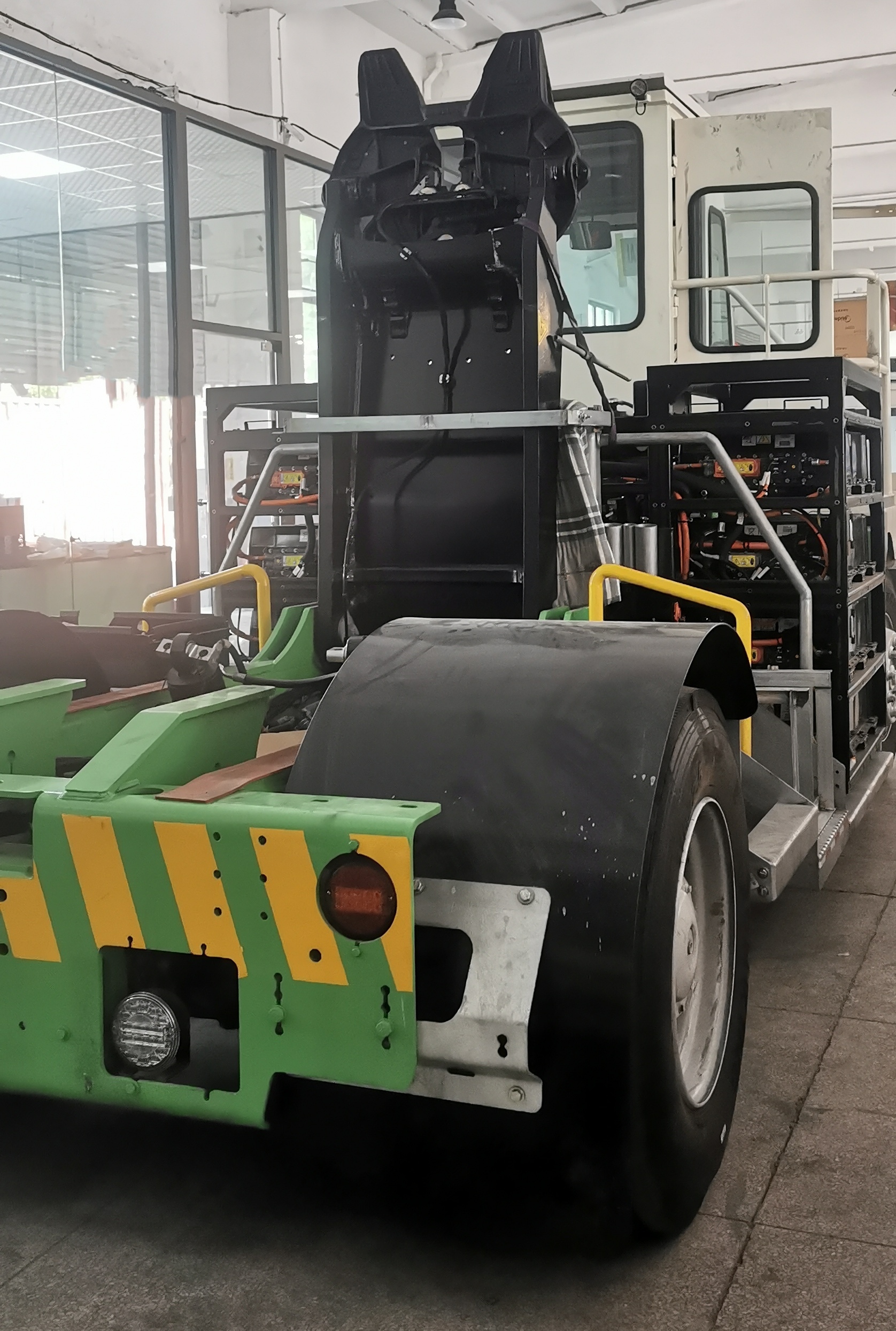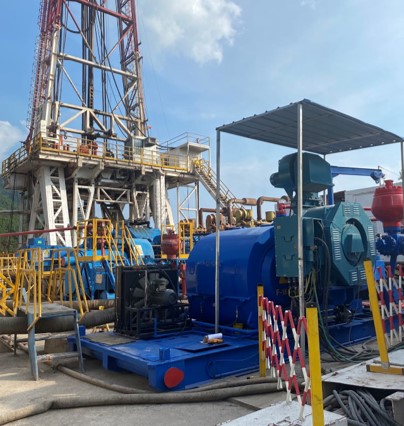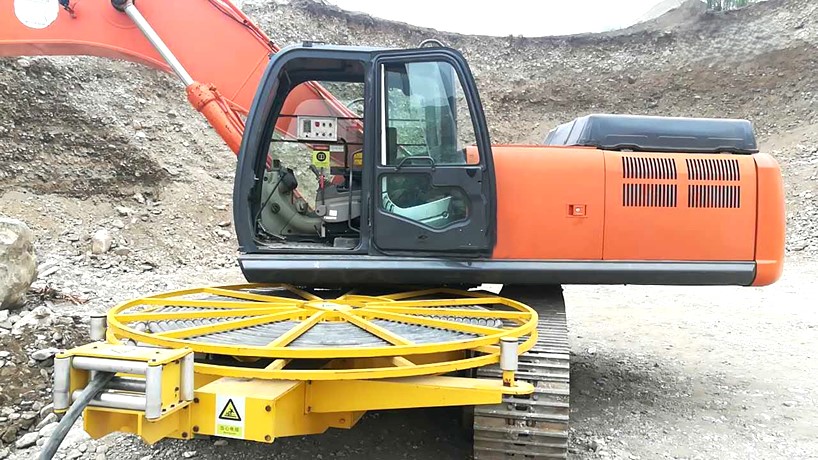Overview of the Electric Drive Axle System for Heavy-Duty Trucks
As the transportation sector undergoes a monumental shift toward decarbonization, heavy-duty trucks are increasingly adopting electrification strategies to meet stringent emissions targets and reduce operational costs. One of the key innovations powering this transformation is the electric axle drive system. More than just a drivetrain component, the electric axle—or electric axle for truck platforms—has emerged as a cornerstone of next-generation electric heavy-duty vehicles.
This blog provides a comprehensive look into the electric drive axle system's role in shaping the future of commercial trucking. From its historical evolution to its mechanical intricacies and benefits over traditional setups, we explore why electric axles are rapidly gaining traction in the heavy-duty market.
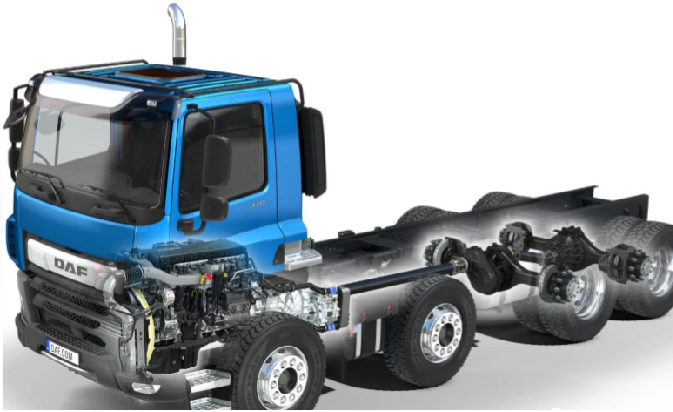
The Evolution of the Electric Drive Axle for Heavy-Duty Trucks
The story of the electric axle for truck applications is one rooted in innovation, regulatory pressures, and shifting market dynamics. Originally, electric drive technologies were confined to light-duty vehicles like passenger EVs. However, as battery energy density improved and interest in sustainable logistics surged, manufacturers began engineering solutions for heavier platforms.
The traditional internal combustion engine (ICE) powertrain involves a complex series of components: the engine, transmission, driveshaft, and differential. This multi-step energy conversion process often results in substantial energy loss. As electric drivetrains advanced, engineers realized that placing electric motors closer to or directly onto the axles would eliminate the need for many of these intermediate components—boosting efficiency, reducing weight, and simplifying maintenance.
The result was the birth of the electric axle drive system, a self-contained module integrating electric motors, gearboxes, and sometimes inverters. This modular approach to power delivery transformed the way manufacturers approached electric truck architecture.
What Is an Electric Axle Drive System?
An electric axle drive system (also known as an e-axle) is a compact and integrated drivetrain solution where electric motors are mounted directly on or near the axle. These motors are often paired with a reduction gearbox and, in some cases, a power electronics controller. The system drives the wheels directly, bypassing the need for a traditional transmission or differential.
There are two primary configurations:
- Single motor e-axle: A single electric motor powers both wheels on the axle via a mechanical differential.
- Dual motor e-axle: Each wheel is independently powered by its own motor, offering torque vectoring and better control.
For heavy-duty trucks, these systems are engineered with robustness and torque output in mind. Compared to their light-duty counterparts, heavy-duty e-axles use more powerful motors, reinforced housings, and thermal management systems to withstand prolonged operation under high load conditions.
Key Advantages
- Efficiency: Fewer mechanical losses than conventional drivetrains.
- Weight Reduction: Eliminates multiple heavy components like the transmission and driveshaft.
- Simplicity: Fewer parts lead to easier maintenance and assembly.
- Scalability: Modular design allows for adaptation across various vehicle classes and configurations.
Why the Electric Drive Axle is a Better Choice for Battery-Electric Trucks
Battery-electric heavy-duty trucks require components that optimize every watt of stored energy. The electric axle drive system fits perfectly into this equation by offering several key advantages over traditional and hybrid powertrains.
A. Energy Efficiency
Conventional diesel trucks have multiple components causing frictional and conversion losses. In contrast, electric axles transmit energy more directly from the battery to the wheels. This not only improves range but also supports regenerative braking, allowing the truck to recapture and reuse kinetic energy.
B. Space Optimization
The integration of motor and drivetrain into the axle frees up space in the chassis. This allows for larger battery packs or cargo compartments—a critical advantage in logistics and freight industries.
C. Lower Maintenance Costs
Since e-axles have fewer moving parts compared to ICE systems, they suffer from less mechanical wear. Fleet operators benefit from lower maintenance costs, reduced downtime, and higher reliability.
D. Enhanced Driving Dynamics
With instant torque and the potential for torque vectoring, e-axles offer improved traction, especially in off-road or slippery conditions. This is a valuable benefit for construction vehicles, refuse trucks, and other specialized heavy-duty applications.
Analysis of Different Electric Powertrain Systems for Heavy Trucks
While the electric axle for truck design has gained significant momentum, it is just one of several options in the electric powertrain landscape. Here's a comparative overview of the most prominent electric drivetrain configurations for heavy-duty trucks:
A. Central Motor with Driveshaft
Configuration: One or more central motors drive the wheels via a transmission and driveshaft.
Pros: Easier to retrofit into existing platforms.
Cons: Inefficient due to multiple mechanical components; limited packaging flexibility.
B. Hub Motor Drive
Configuration: Motors are built into each wheel hub.
Pros: Excellent torque vectoring; compact.
Cons: Unsuitable for heavy-duty trucks due to unsprung weight and durability concerns.
C. Electric Axle Drive System
Configuration: Motors mounted on or near the axle.
Pros: Balanced trade-off between performance, durability, and packaging.
Cons: Requires new vehicle architecture; not always ideal for retrofits.
In terms of efficiency, performance, and scalability, the electric axle drive system strikes the best balance for heavy-duty applications.
Key Components of the Electric Axle Drive System
To appreciate how these systems work, let’s break down the key components of a typical electric axle drive system:
1. Electric Motor(s)
These are the core of the system. Depending on the design, a single or dual motor setup is used. Permanent magnet synchronous motors (PMSMs) are common due to their high efficiency and torque density.
2. Gearbox / Reduction Gear
Because electric motors operate efficiently at high RPMs, a reduction gearbox is needed to translate this speed into usable torque at the wheels.
3. Inverter / Power Electronics
This unit converts DC electricity from the battery into AC for the motors. Some systems integrate the inverter directly into the axle housing for compactness and thermal management.
4. Cooling System
Given the high power levels and continuous operation, e-axles require liquid cooling to maintain optimal operating temperatures.
5. Differential (Optional)
In single motor configurations, a mechanical differential is used to split power between the wheels. In dual motor systems, software-based torque vectoring replaces this function.
6. Housing and Mounting System
The entire e-axle assembly must be structurally sound to bear heavy loads. Reinforced housings and strategically designed mounts are essential for durability and NVH (noise, vibration, and harshness) management.
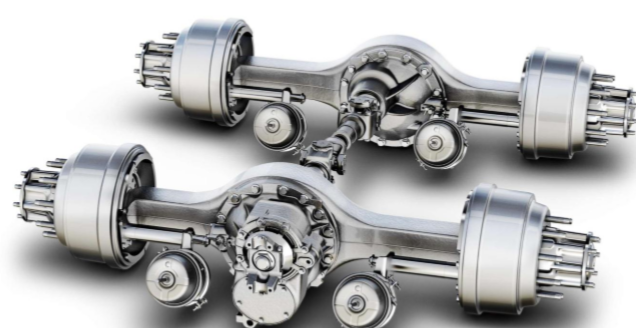
Technological Advancements in Electric Axles
The modern electric axle for truck platforms are vastly more advanced than early-generation models. Innovations in materials, electronics, and software continue to drive improvements in efficiency, durability, and control.
A. Higher Voltage Architectures
Most current systems operate on 400V or 800V, enabling faster charging and better efficiency. High-voltage components reduce current draw, which in turn minimizes heat generation and cable size.
B. Integrated Power Electronics
Many new designs integrate inverters and even control units into the axle itself. This reduces complexity, wiring, and parasitic energy loss.
C. Advanced Control Algorithms
Sophisticated software now allows for features like:
- Adaptive torque distribution
- Predictive thermal management
- Fault detection and redundancy handling
D. Use of Lightweight Materials
To maximize payload capacity and efficiency, manufacturers are exploring aluminum alloys, composites, and high-strength steels for e-axle housings.
E. Regenerative Braking Integration
Modern systems allow for seamless integration of regenerative braking, improving overall energy efficiency and reducing wear on traditional braking systems.
Conclusion
The electric axle drive system represents a paradigm shift in how we think about powering heavy-duty vehicles. As battery technology continues to evolve and emissions regulations become more stringent, the electric axle for truck applications are proving to be not just a viable alternative—but often a superior one.
From improved efficiency and reduced maintenance to modular design and enhanced performance, electric axles are well-suited to meet the demands of modern logistics and heavy transport. Fleet operators, OEMs, and engineers alike are investing in this technology as it provides the ideal foundation for a sustainable, powerful, and cost-effective trucking future.
In conclusion, if you're planning to adopt or manufacture battery-electric heavy-duty trucks, the electric axle drive system is no longer an optional innovation—it's becoming the industry standard.
FAQs
1. What is the difference between an electric axle and a traditional axle?
An electric axle includes integrated electric motors and often a gearbox, enabling direct drive of the wheels, while a traditional axle relies on power transmitted from an engine through a transmission and driveshaft.
2. Is the electric axle drive system suitable for long-haul trucking?
Yes, with high-capacity batteries and efficient drivetrain design, electric axles can support long-haul applications, especially as charging infrastructure continues to improve.
3. Can electric axles be retrofitted into existing truck models?
While possible, retrofitting is complex. Electric axles are best utilized in platforms designed from the ground up for electrification.
4. Are electric axle systems more expensive?
Upfront costs can be higher, but they are offset by lower fuel and maintenance costs over the vehicle’s lifespan.
5. What companies are leading the development of electric axles for trucks?
Companies like Dana, Meritor (now part of Cummins), ZF, and Allison Transmission are key players in developing electric axle technologies for commercial vehicles.
Read More: Outlook for the Permanent Magnet Synchronous Motors Market in Electric Vehicles by 2032









